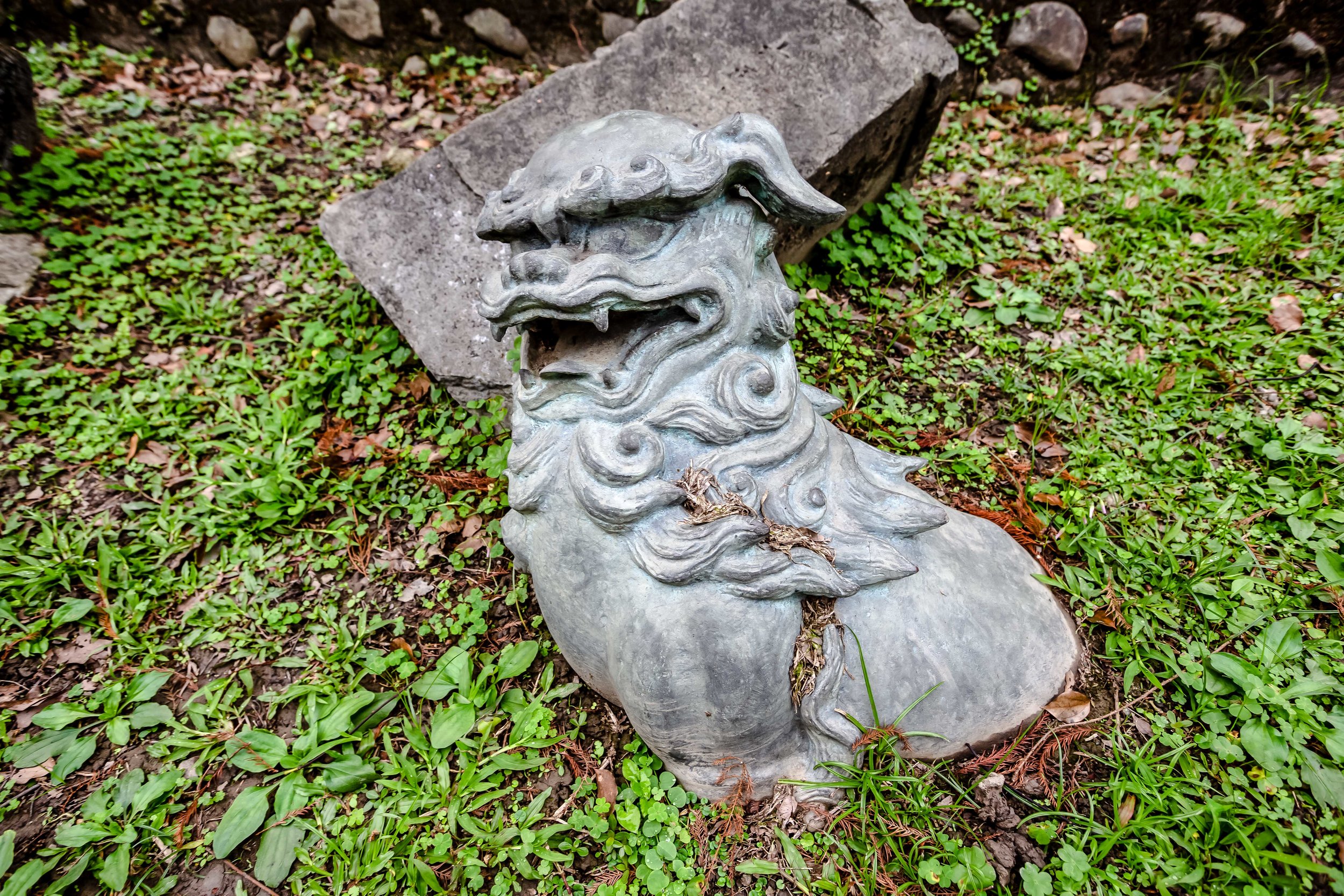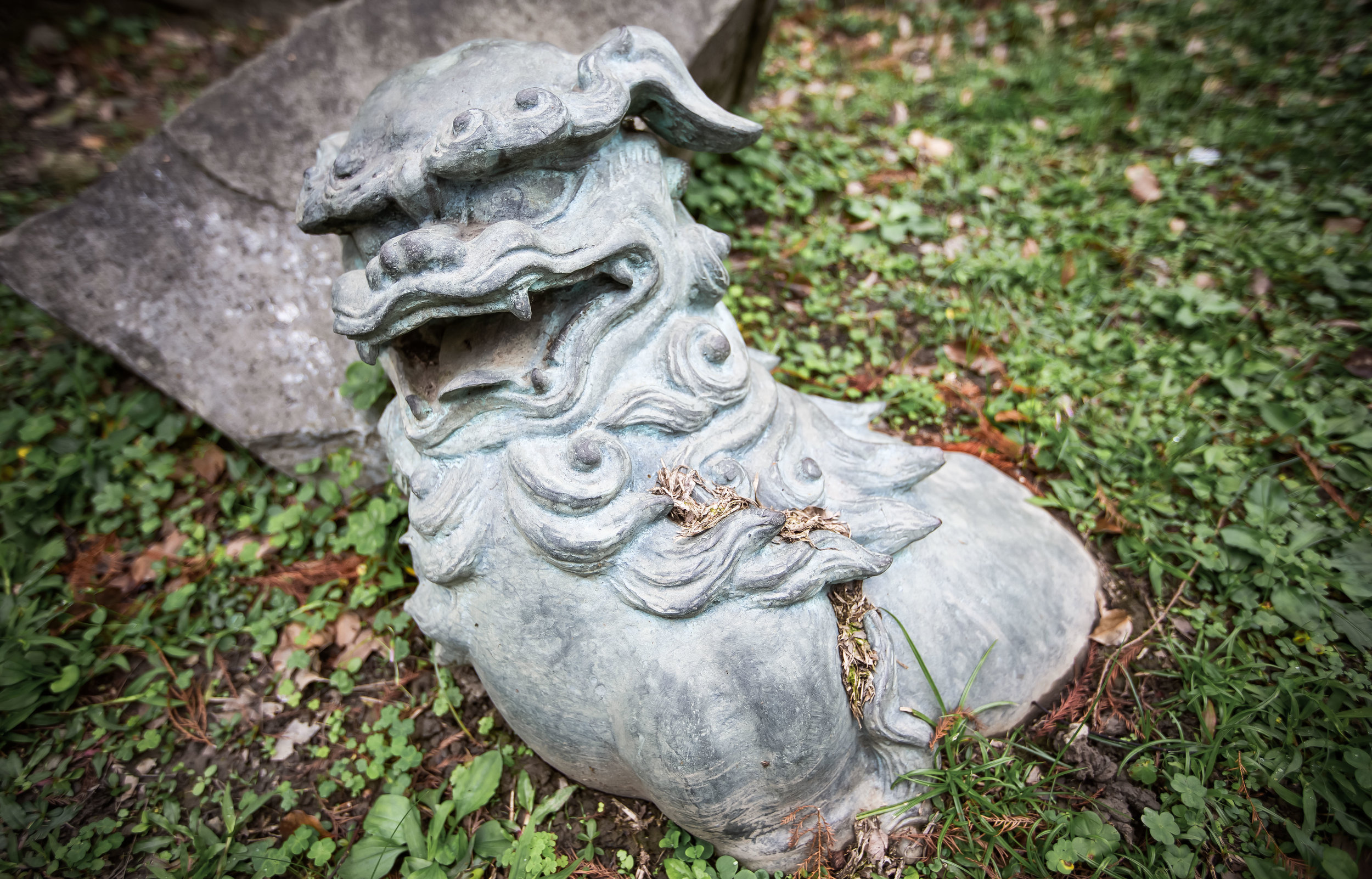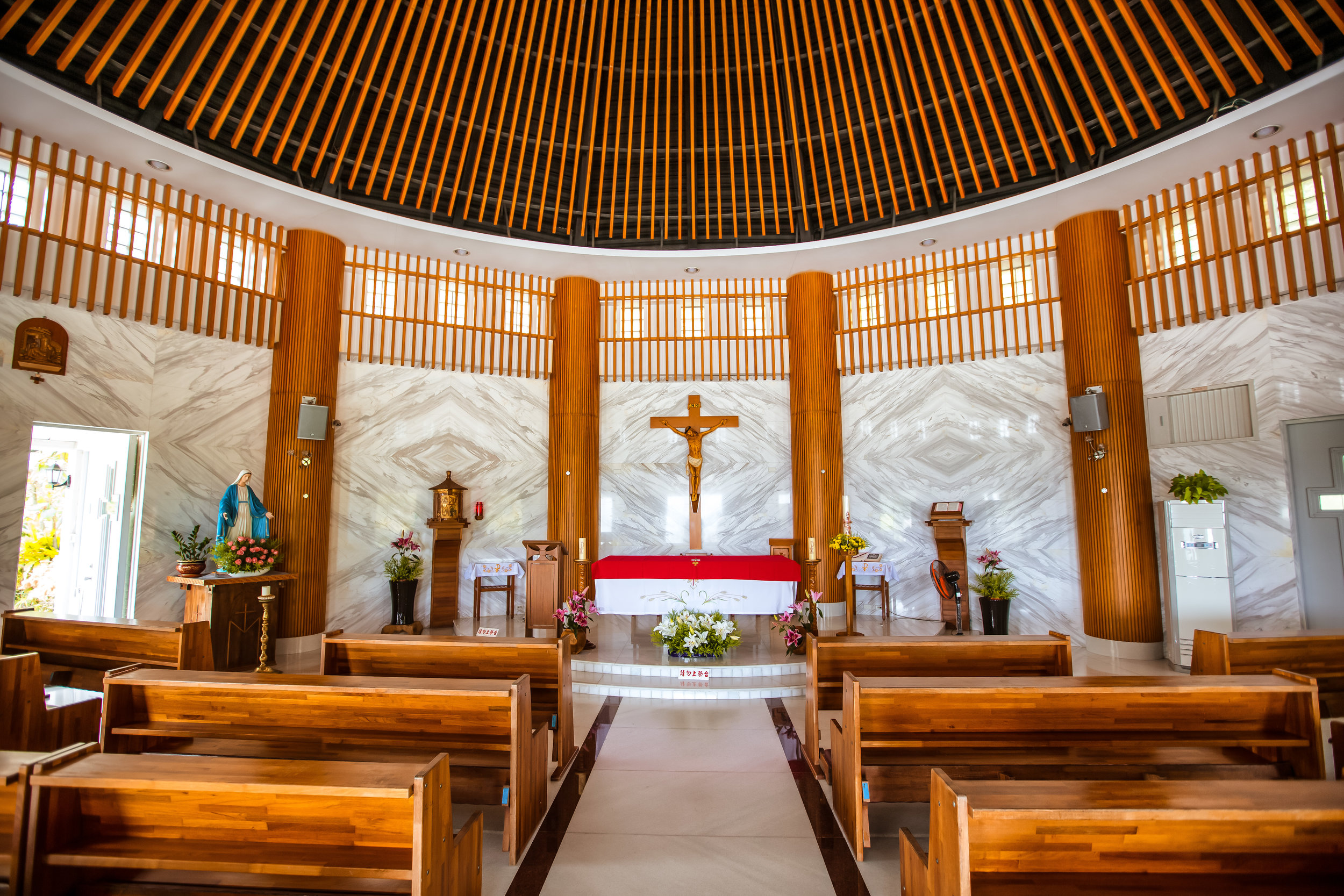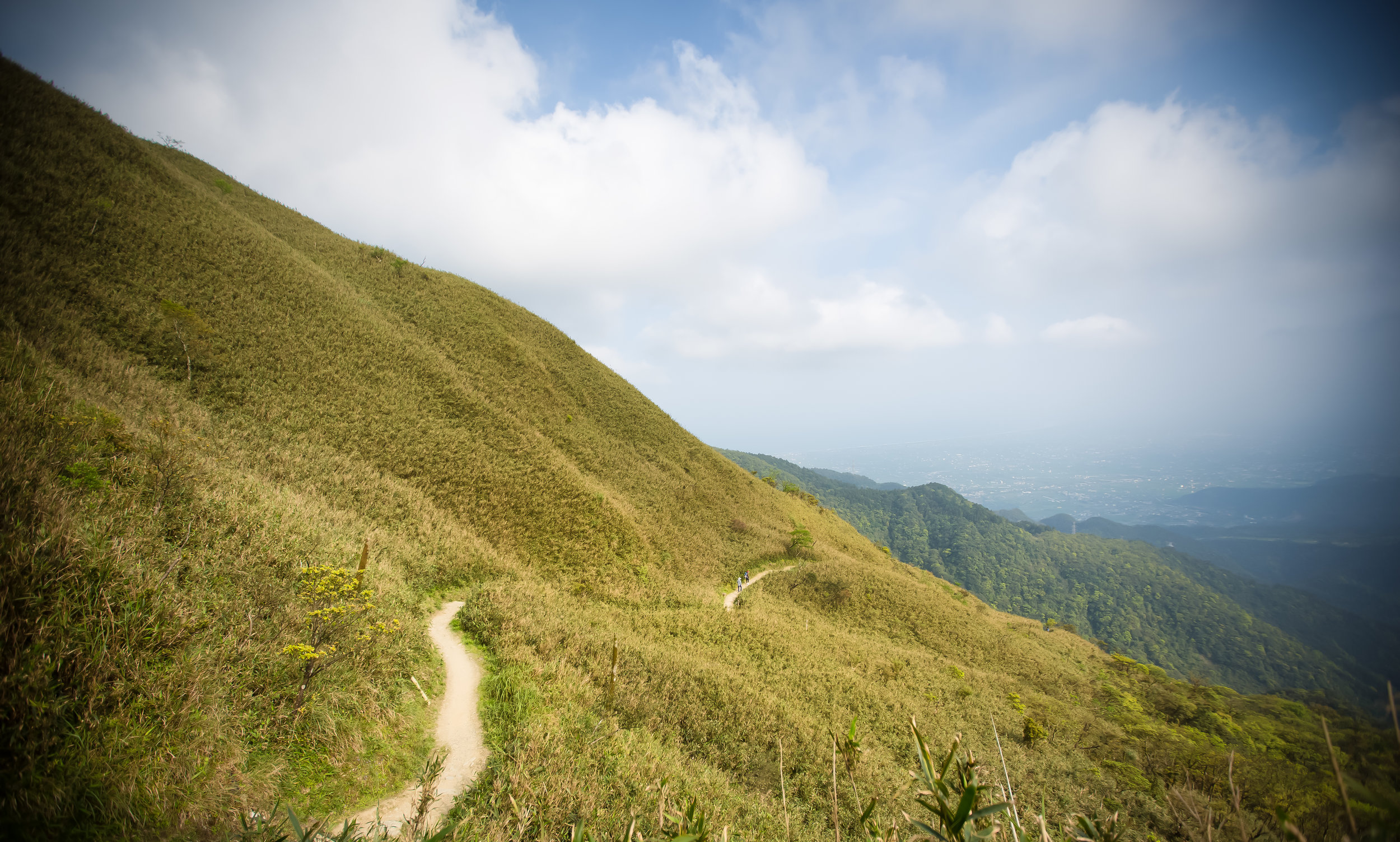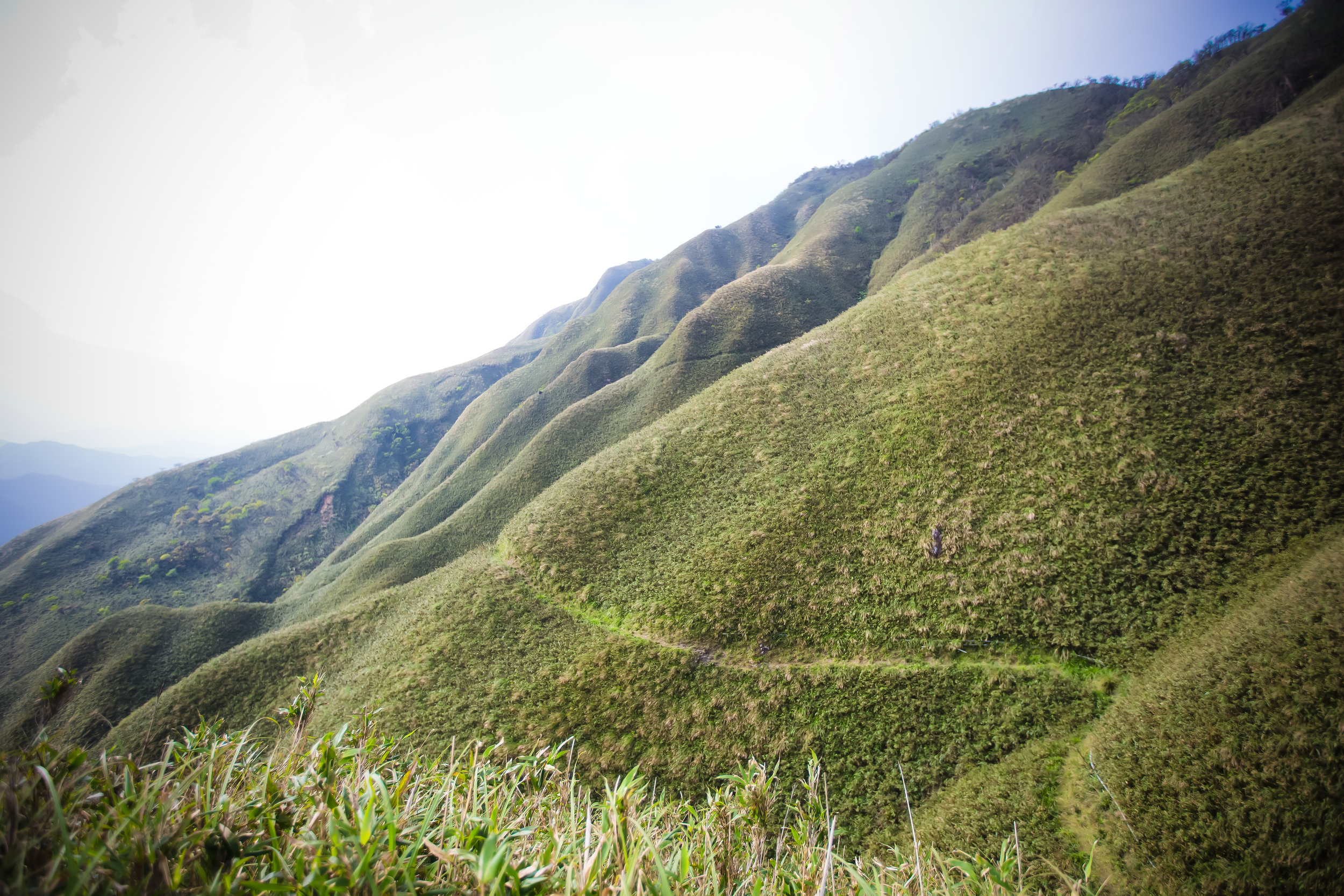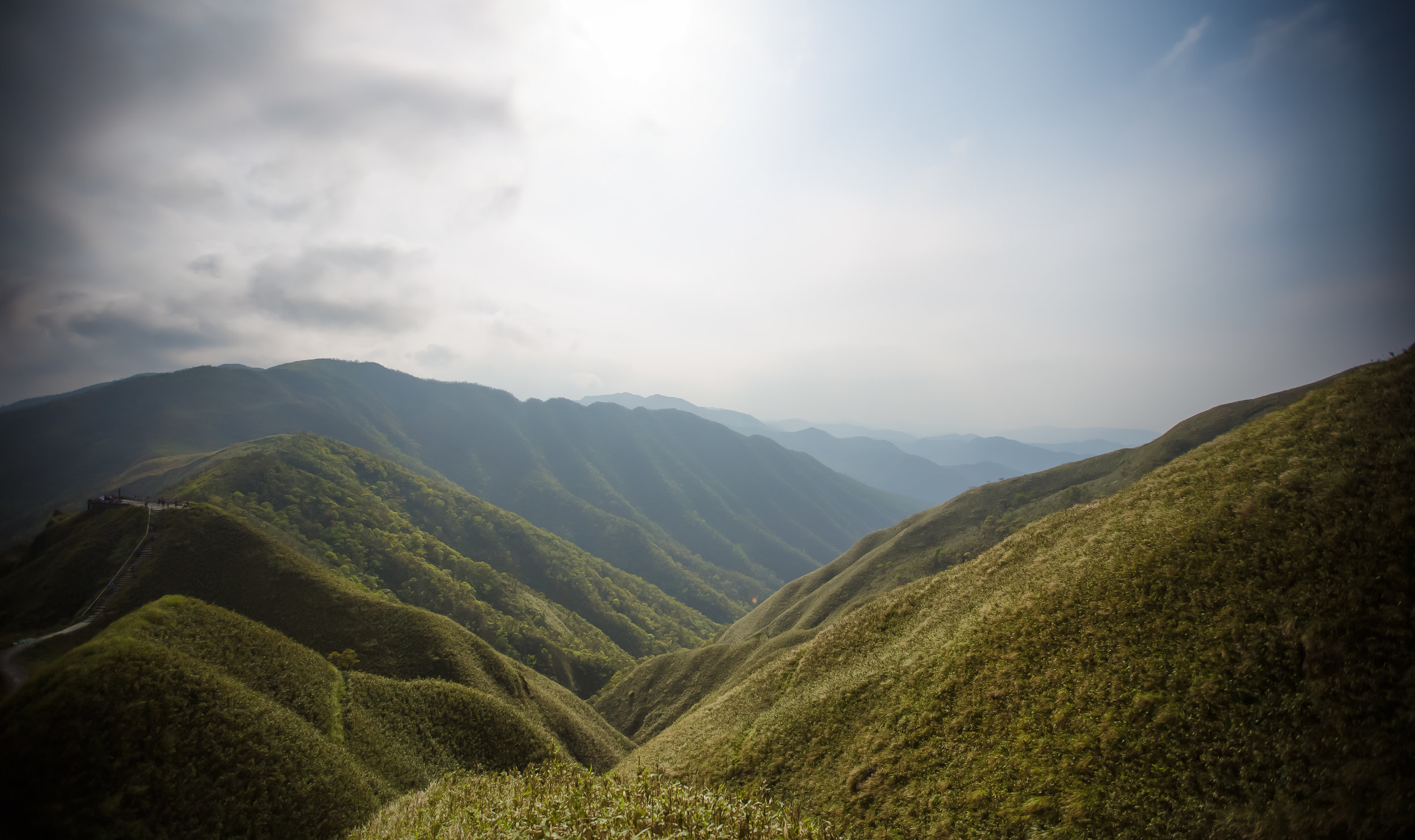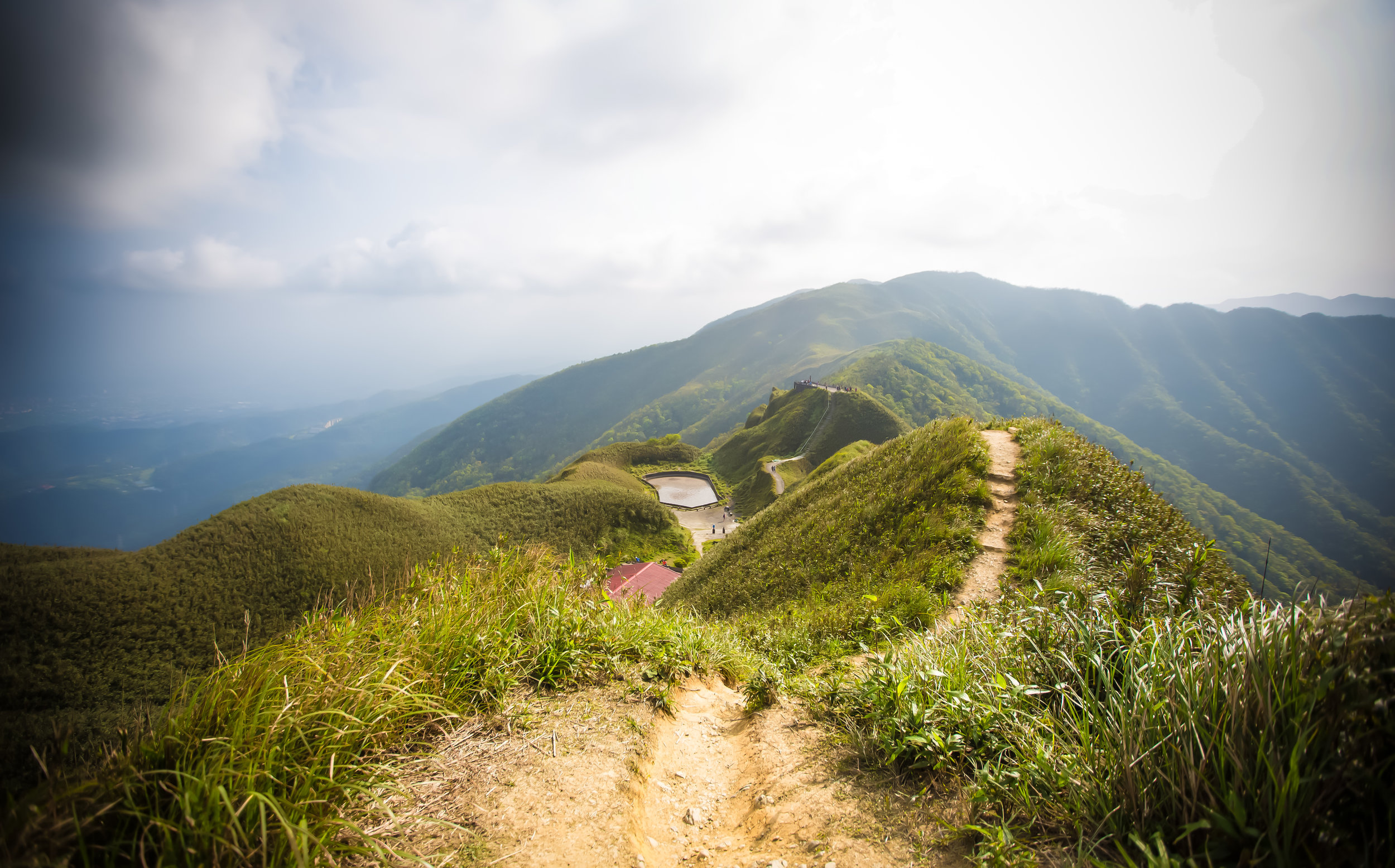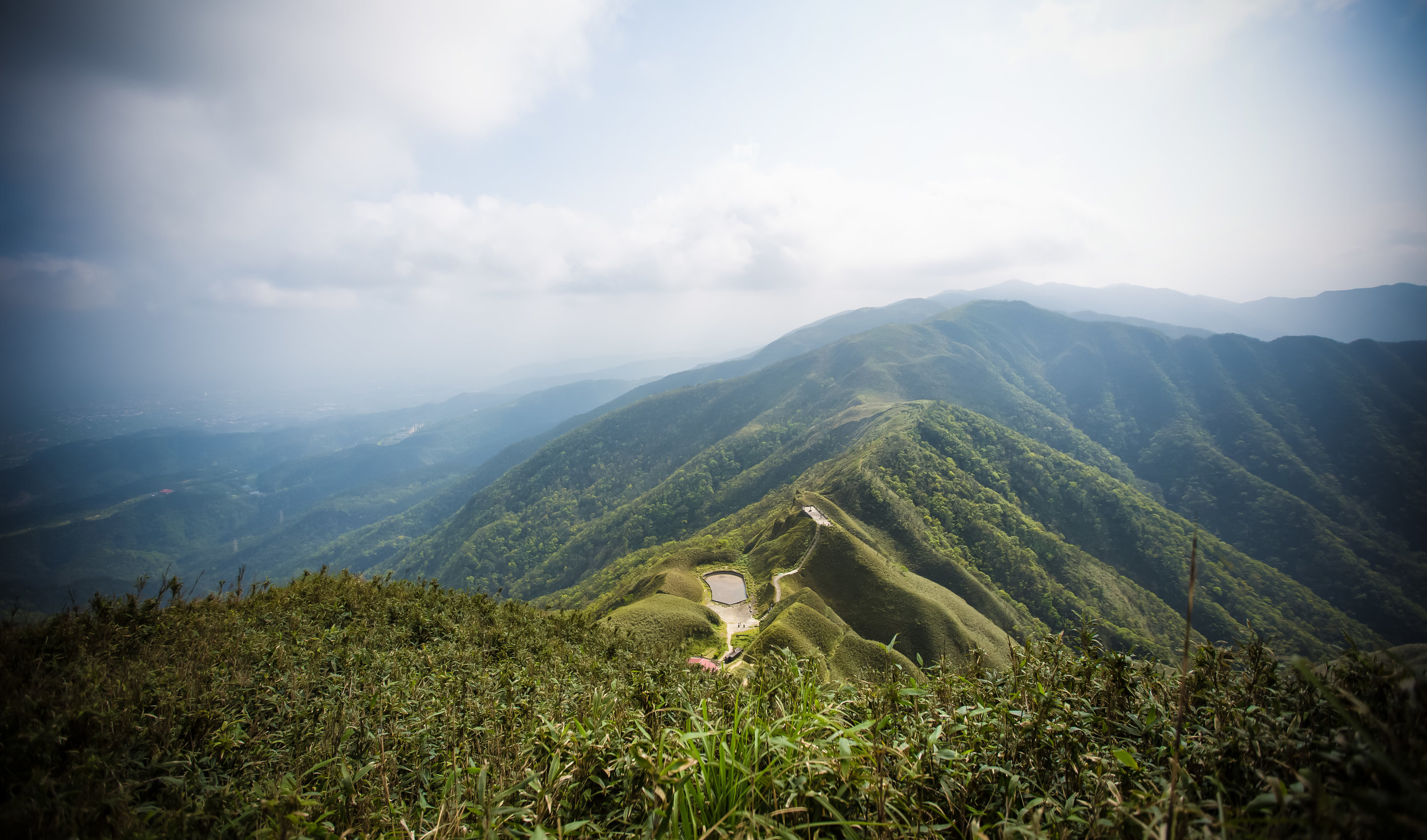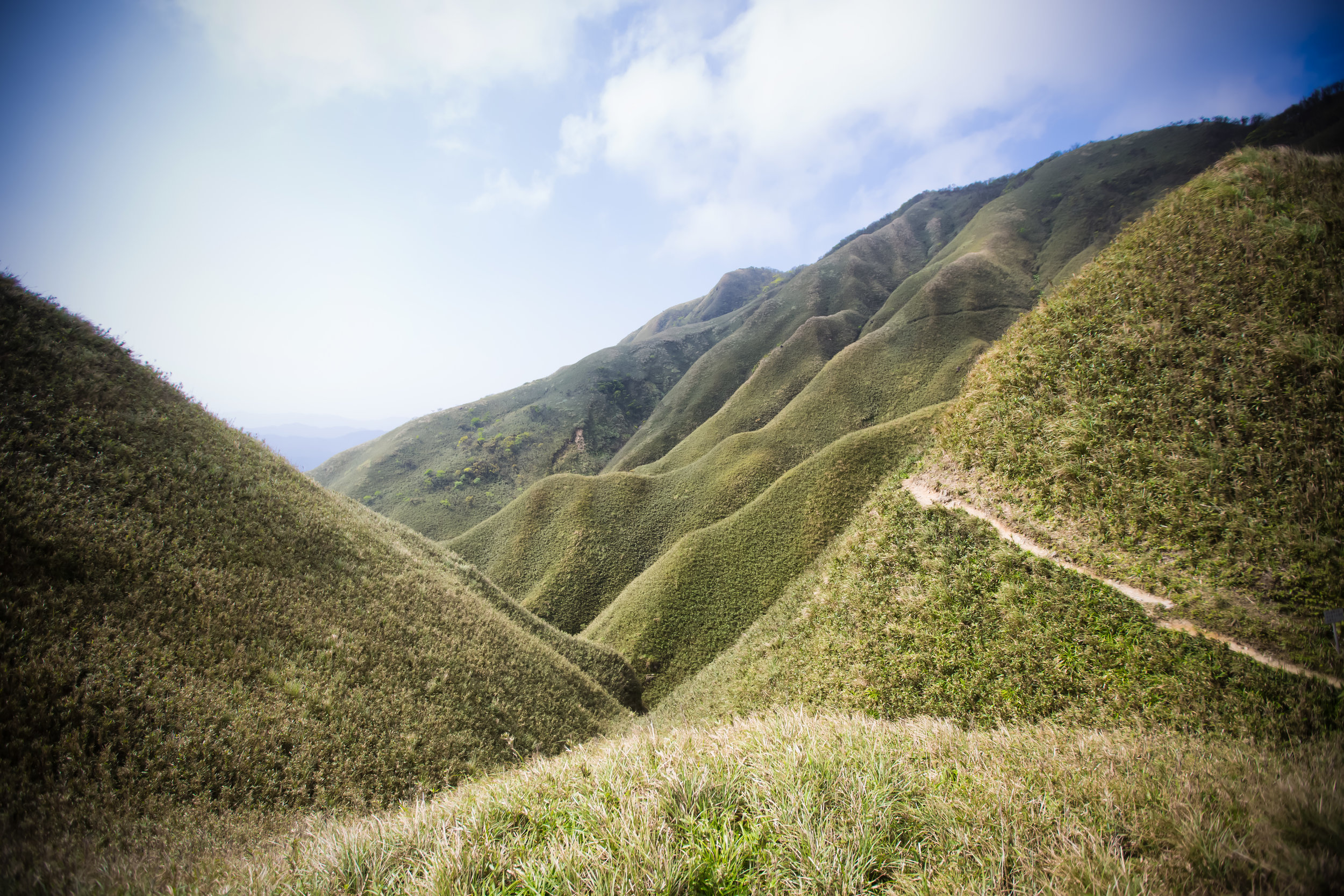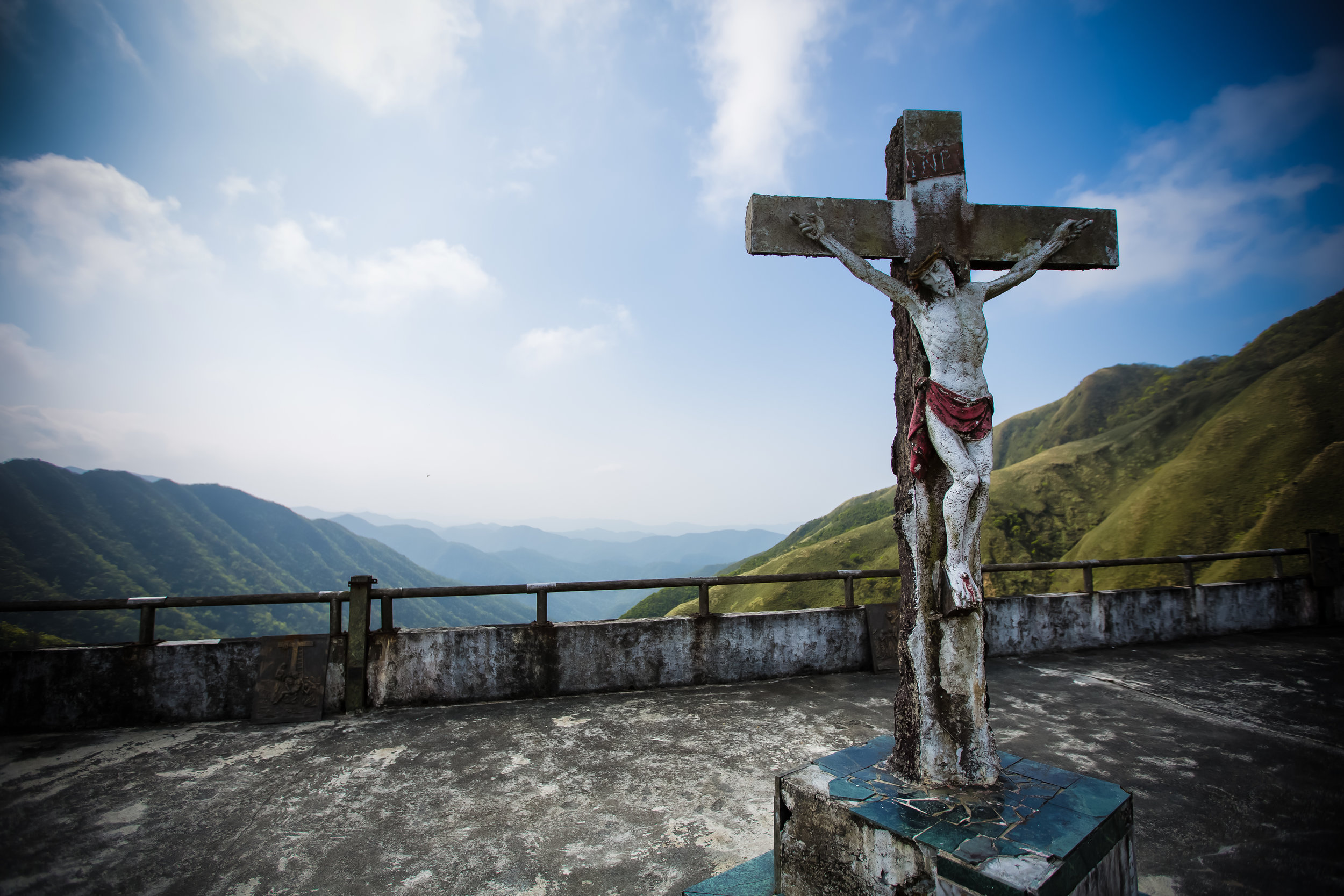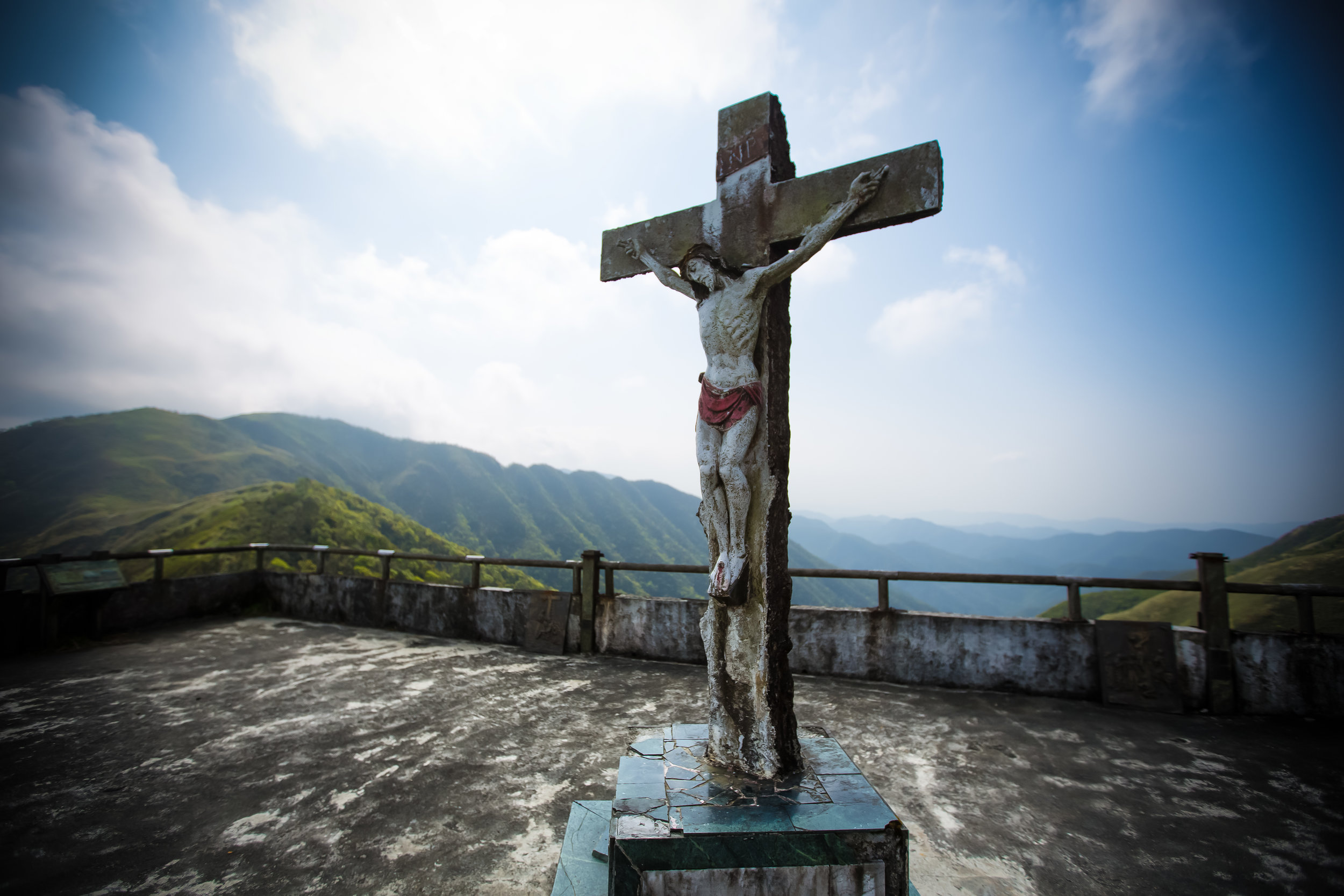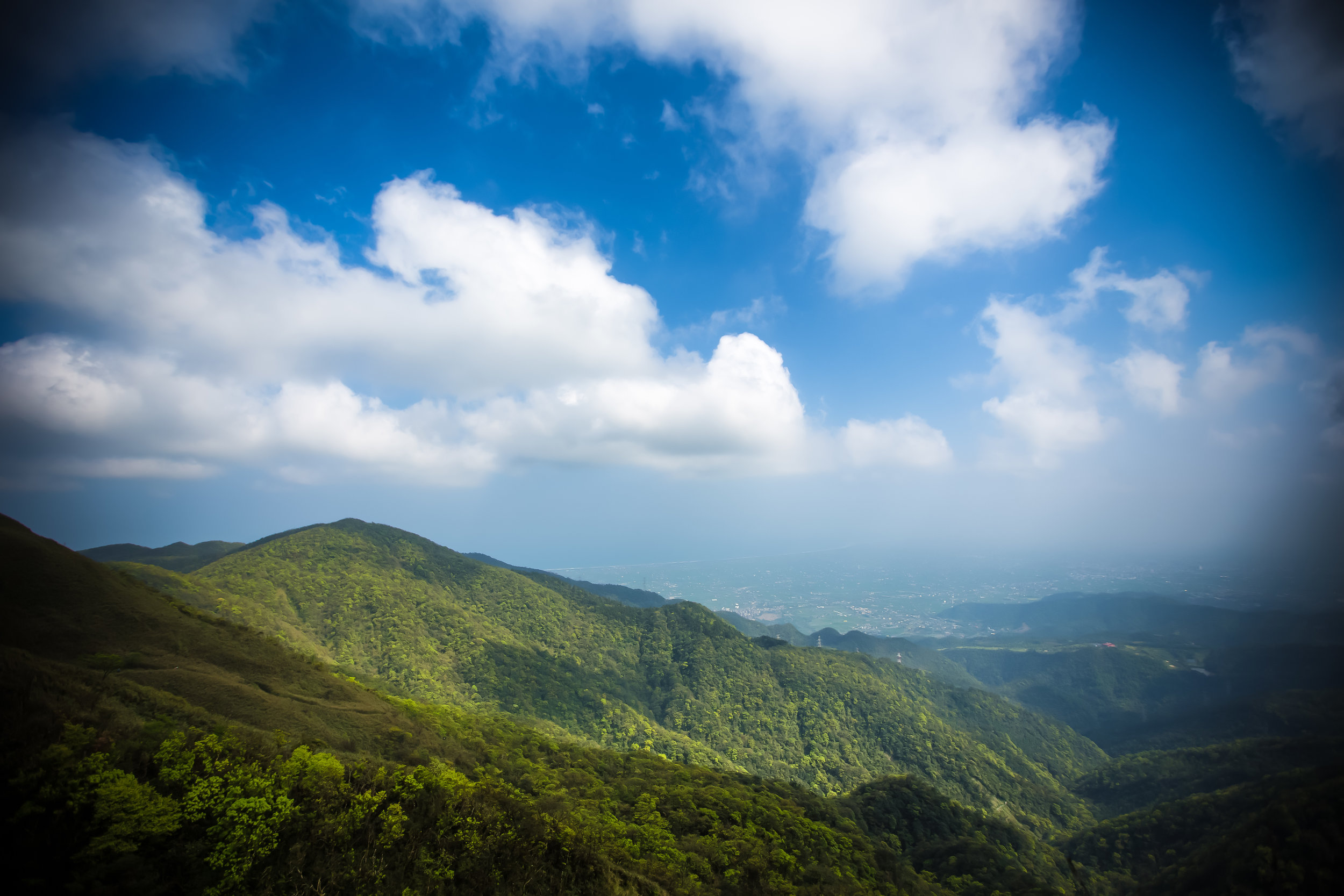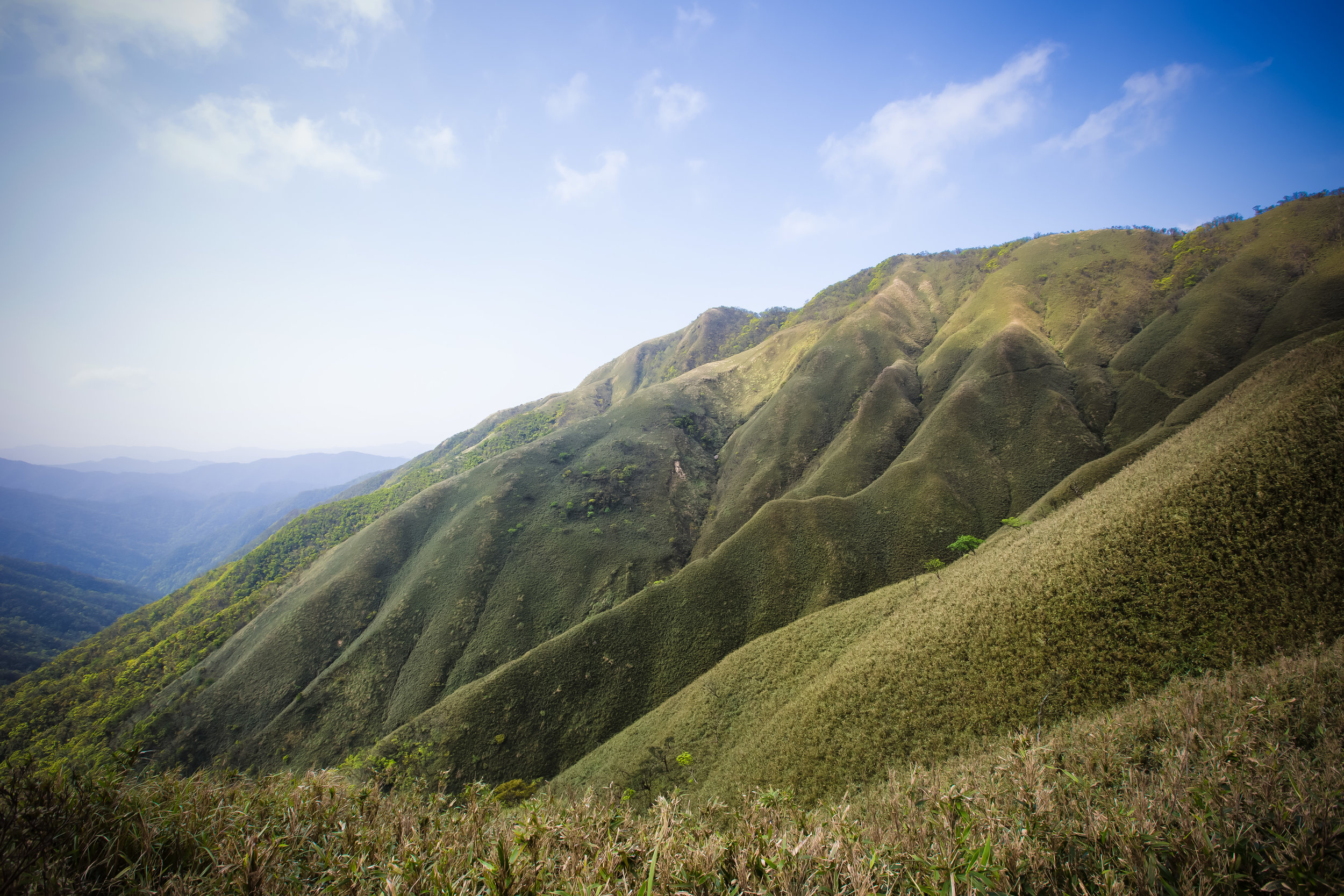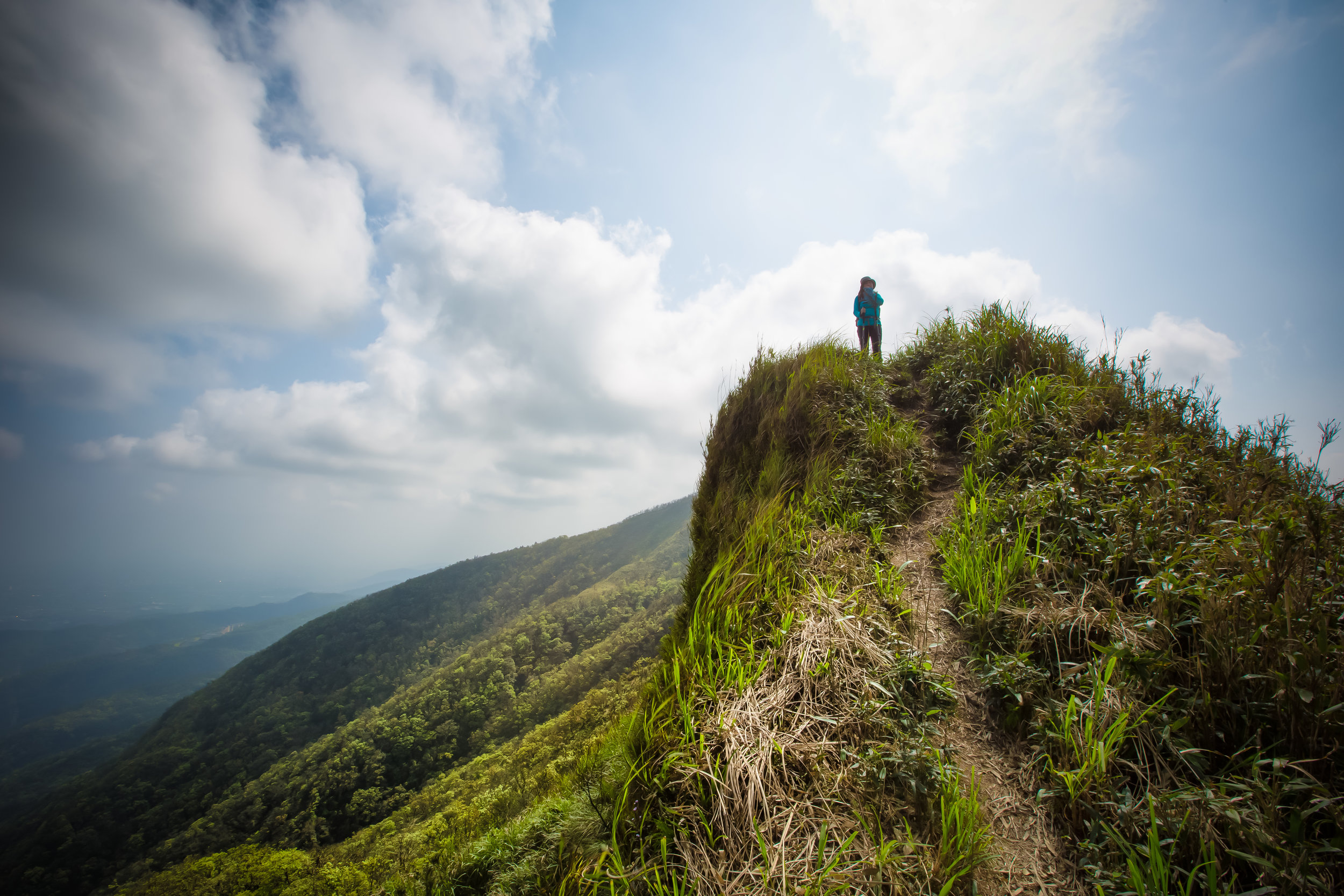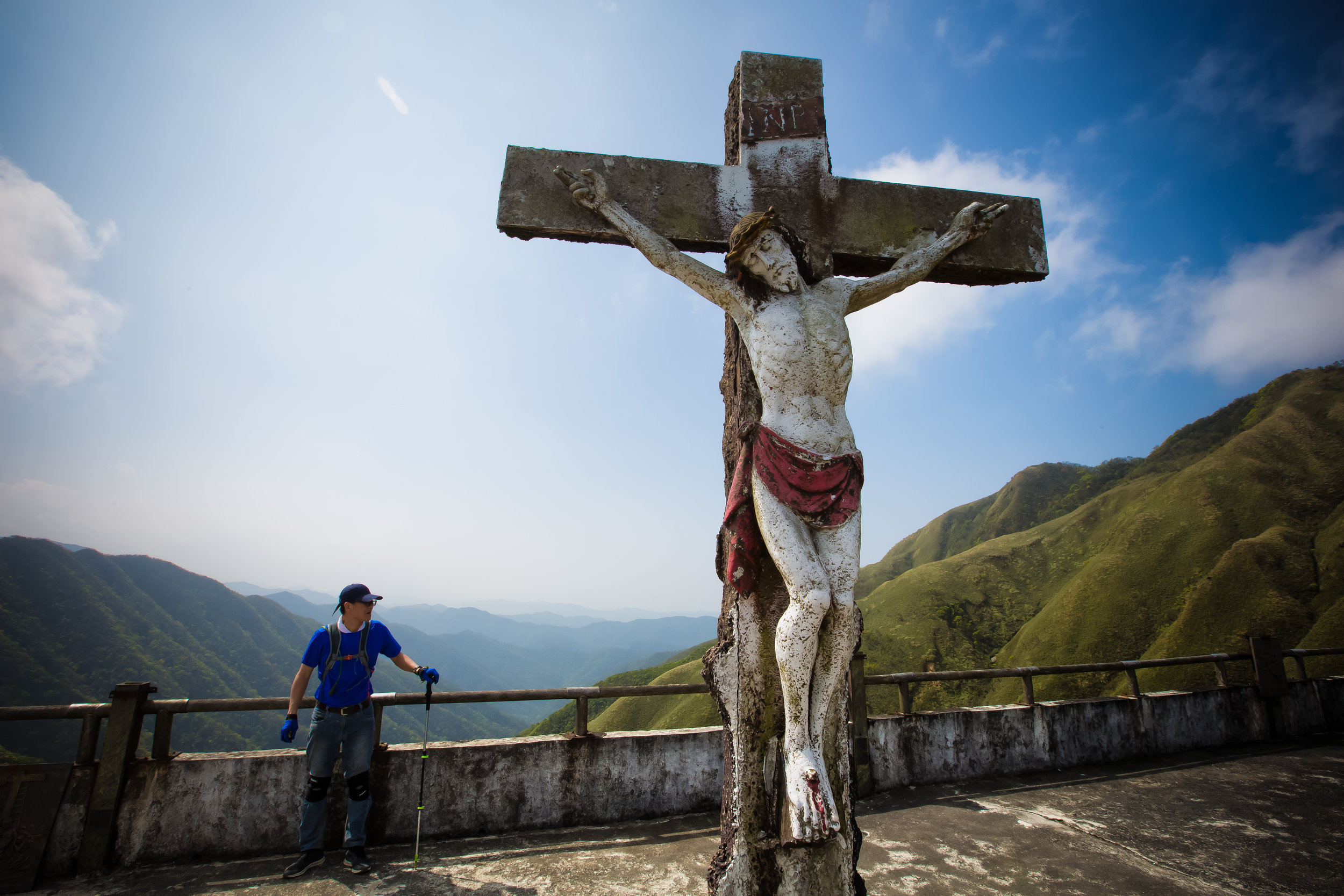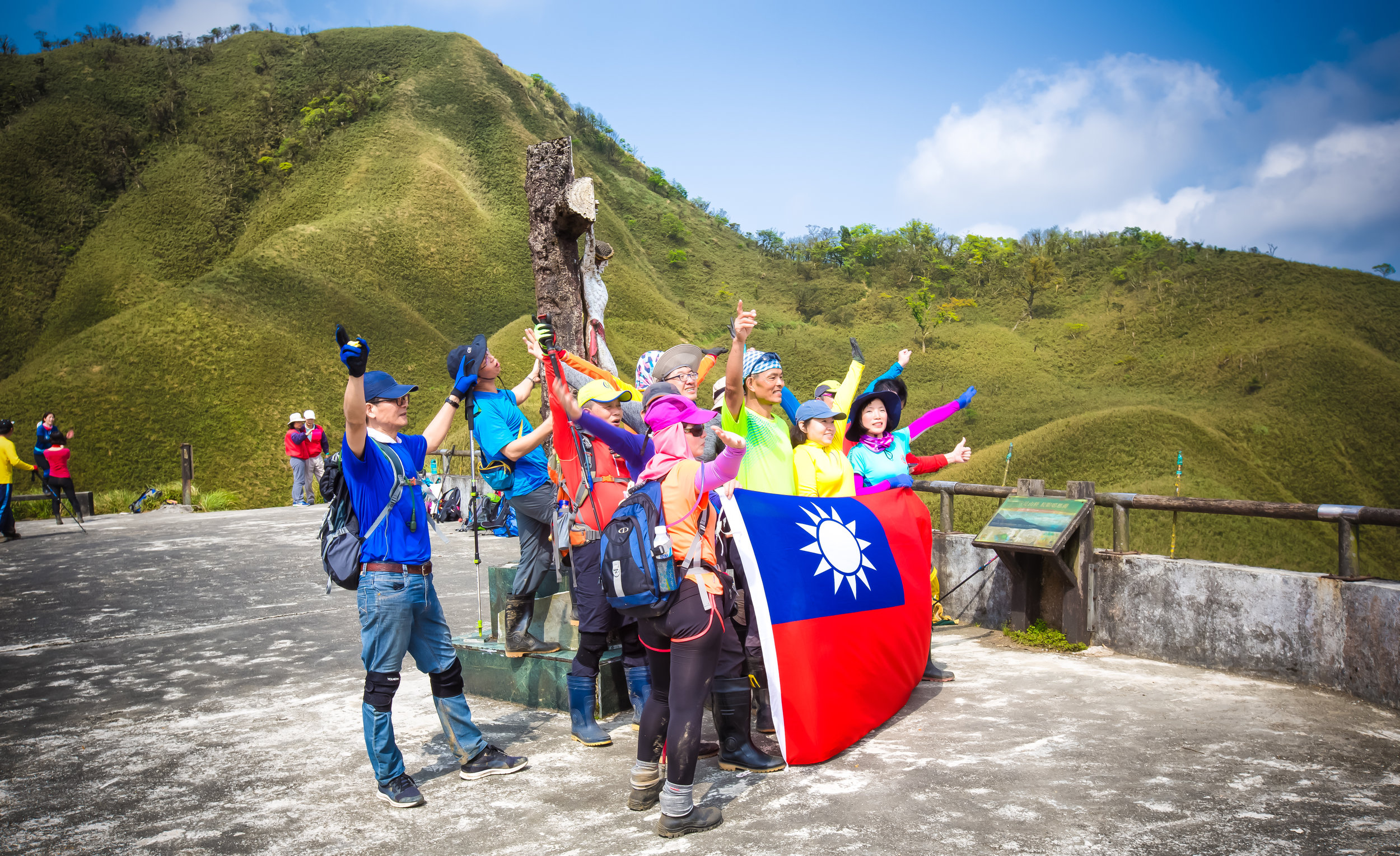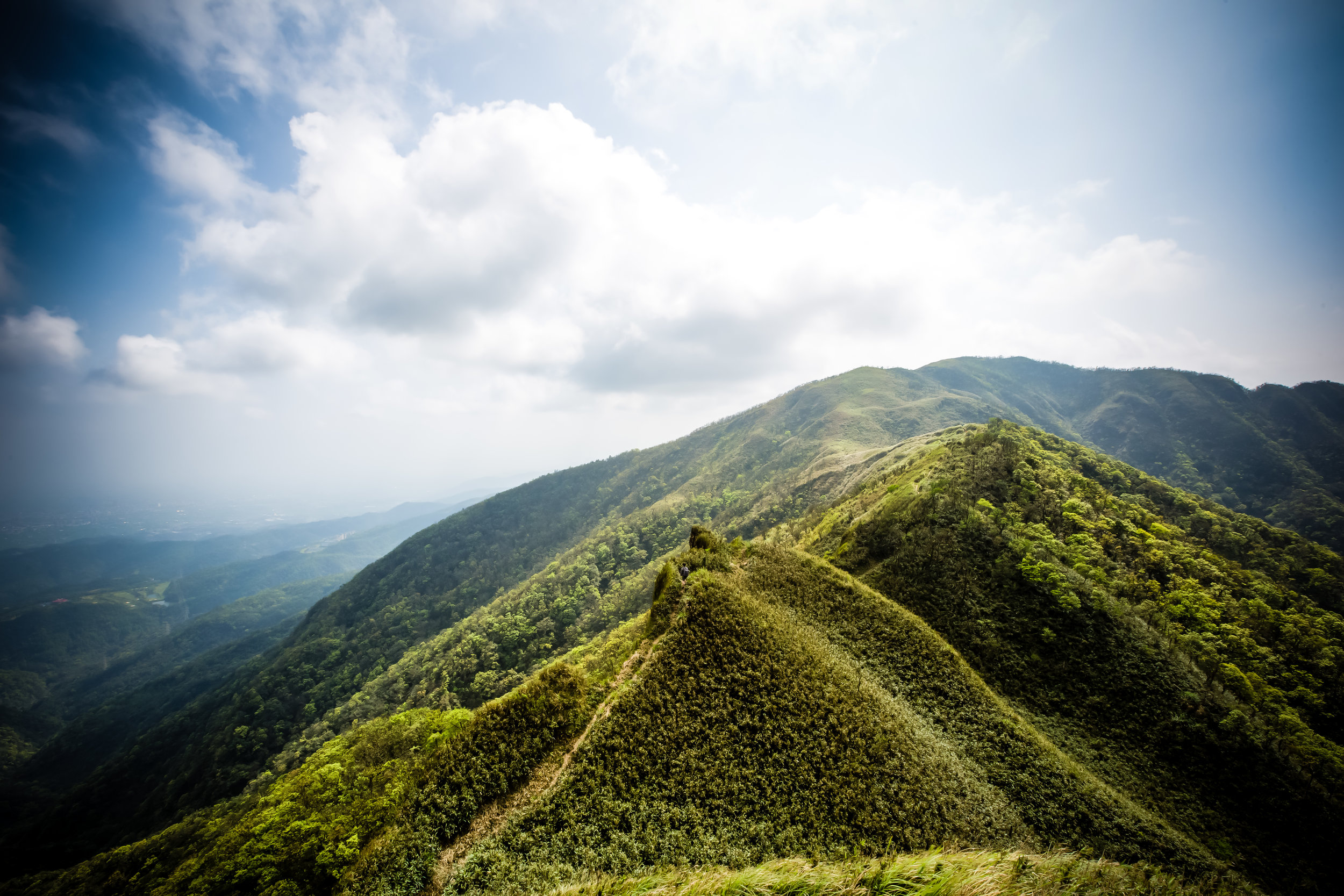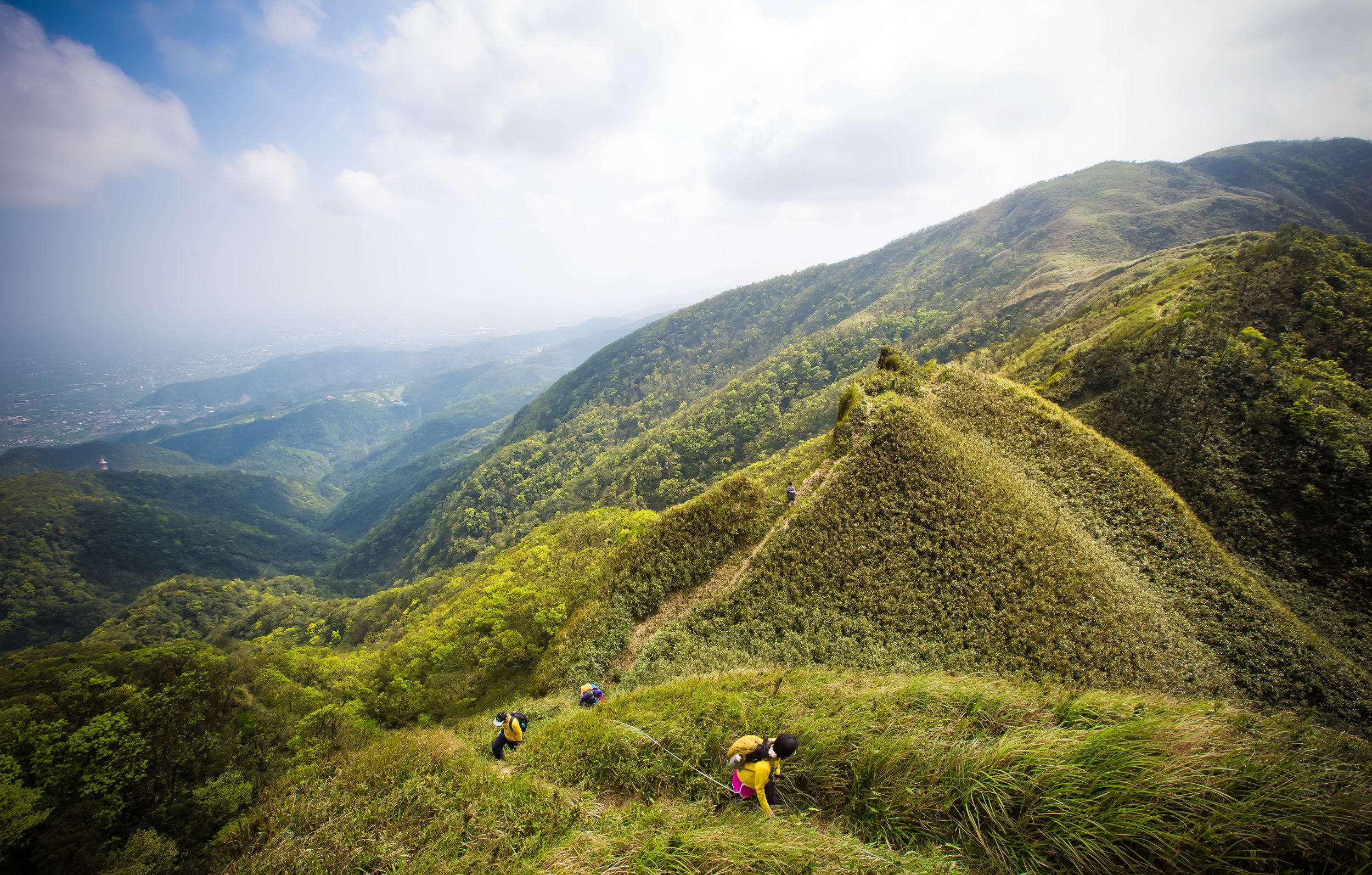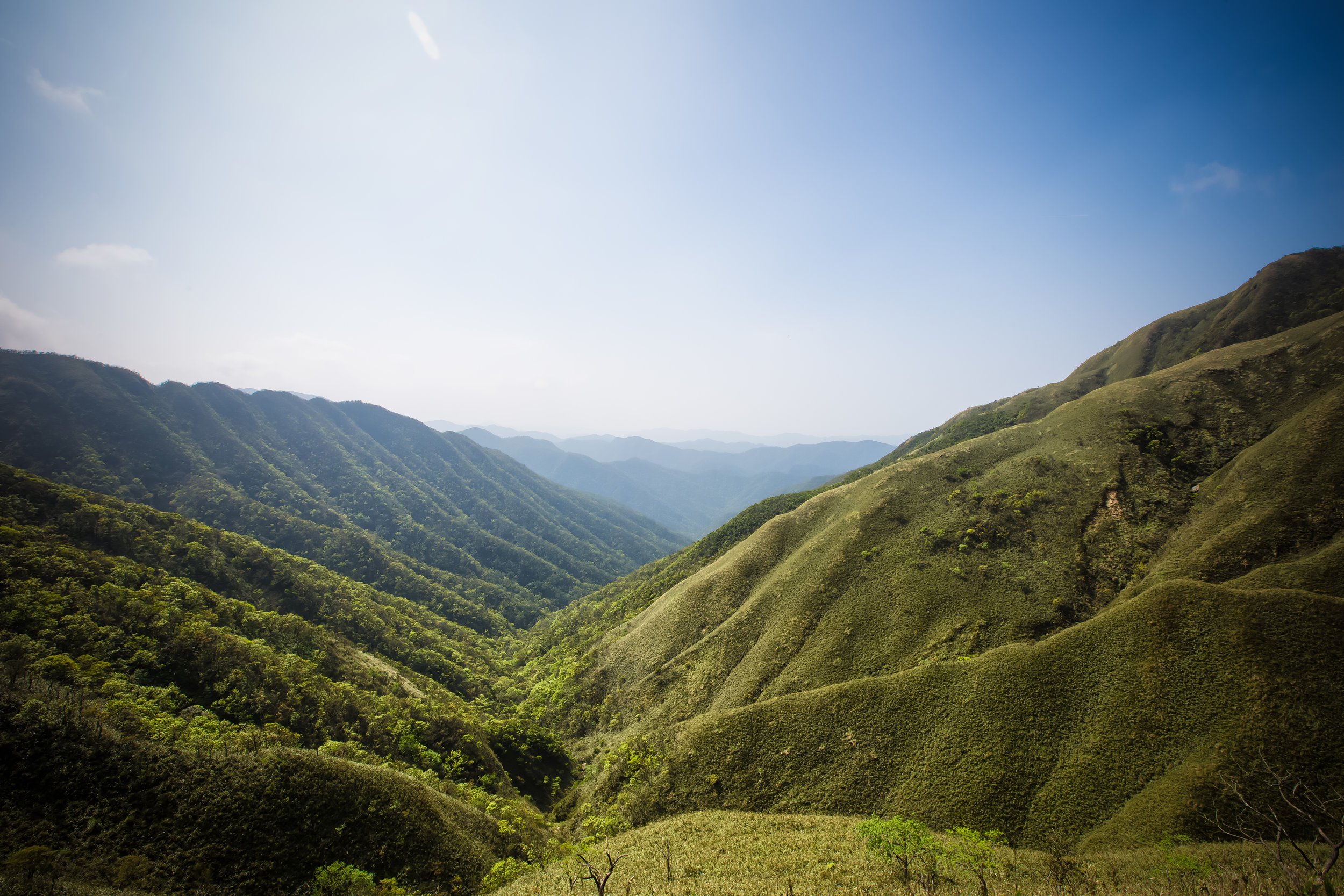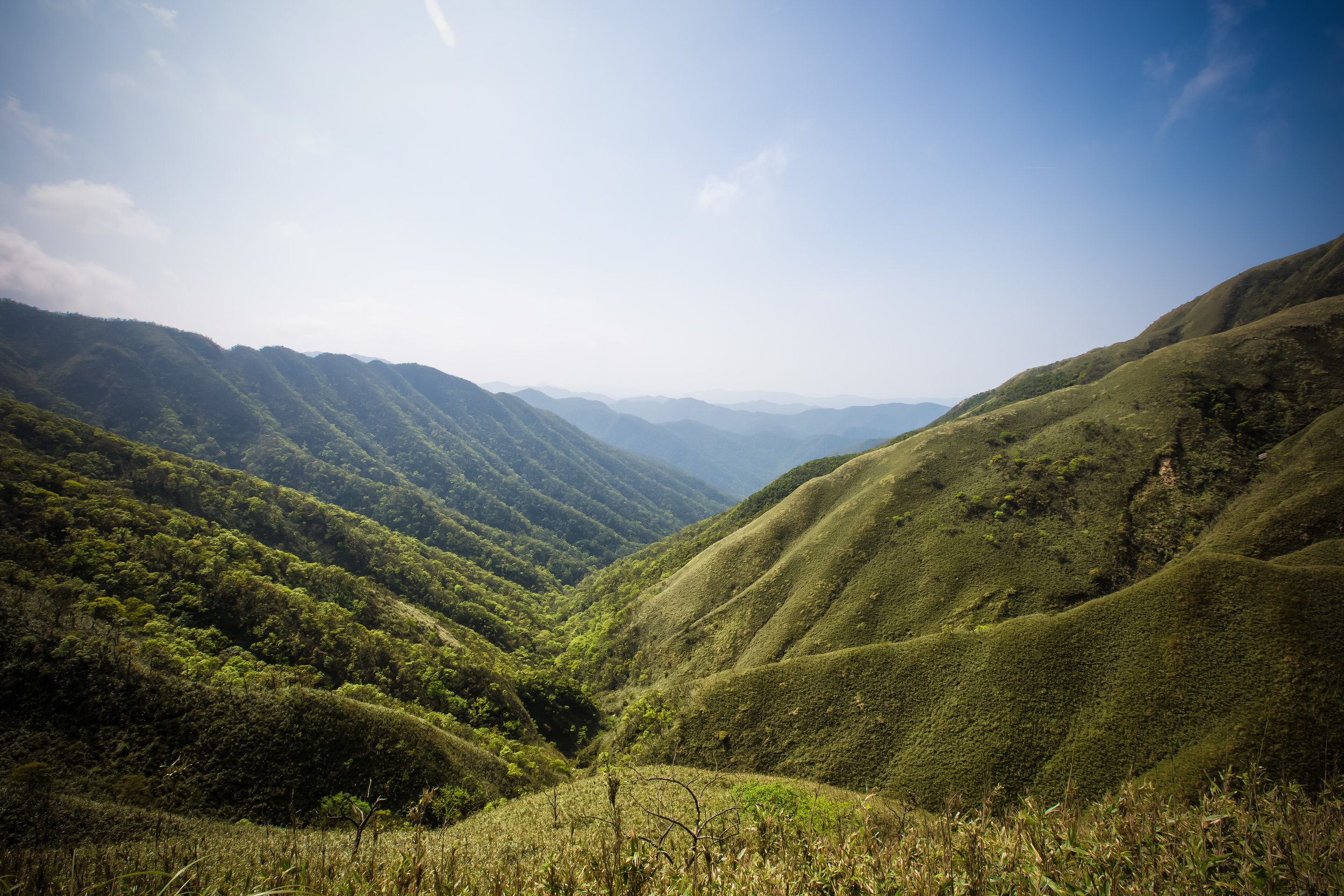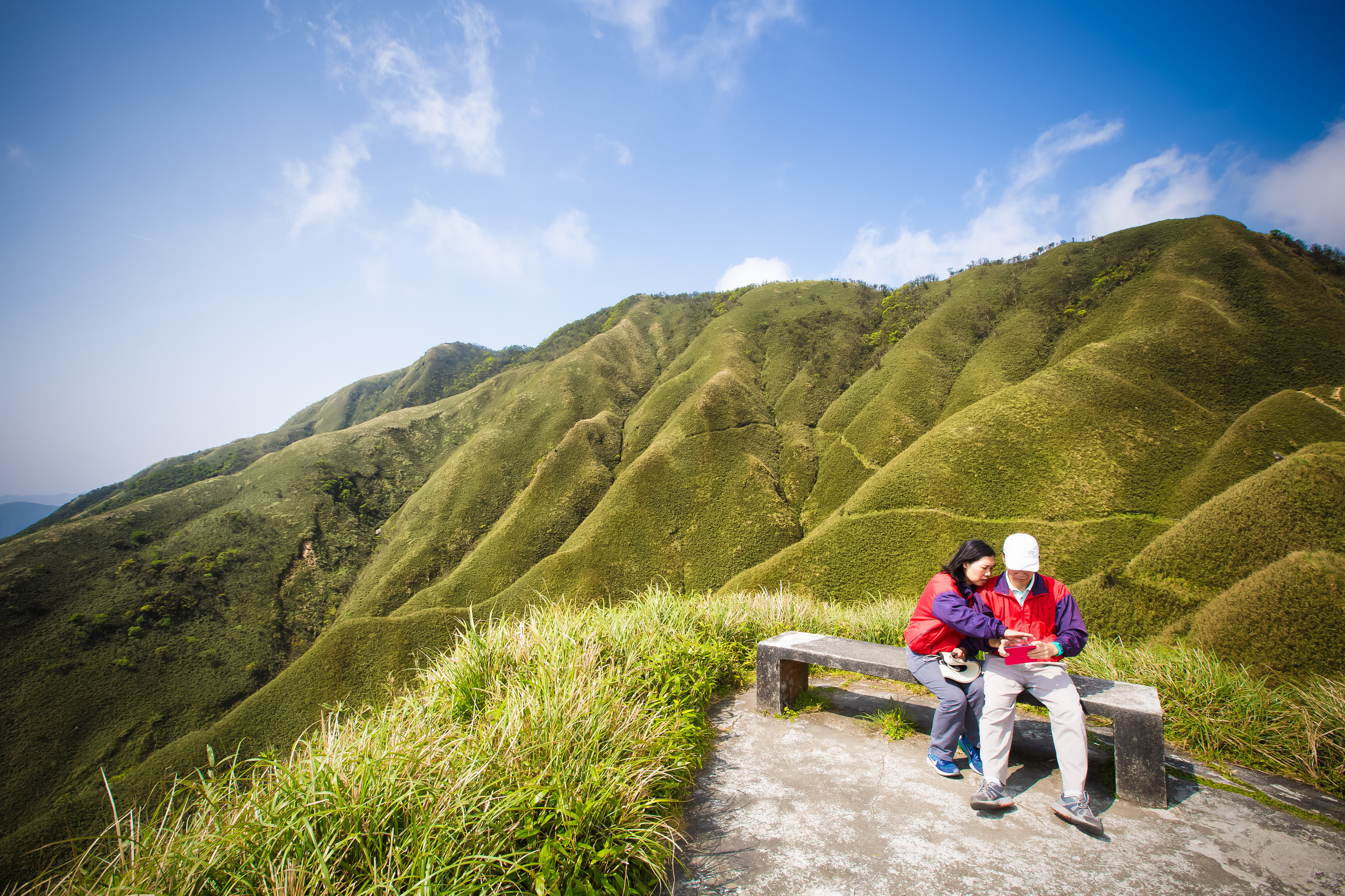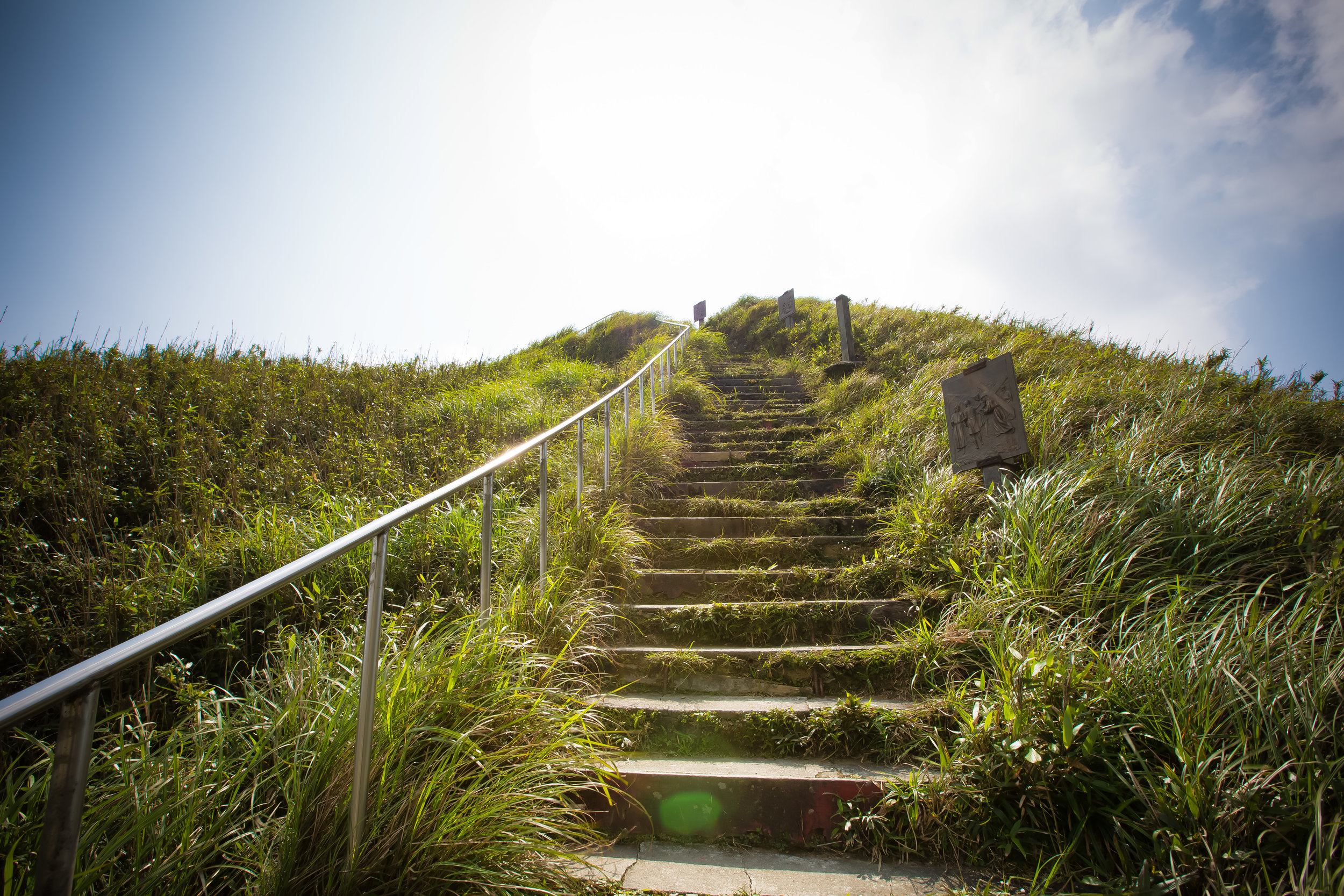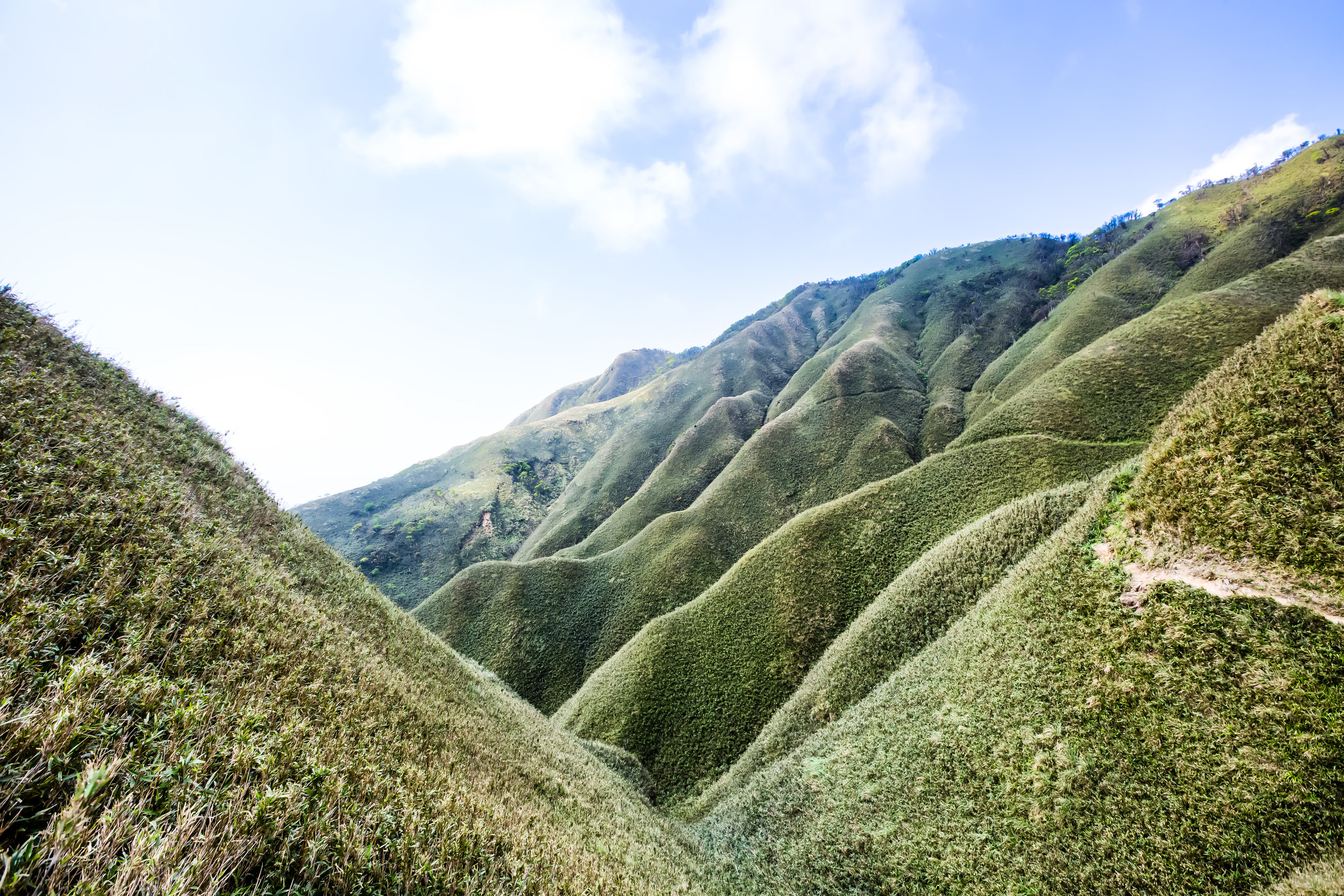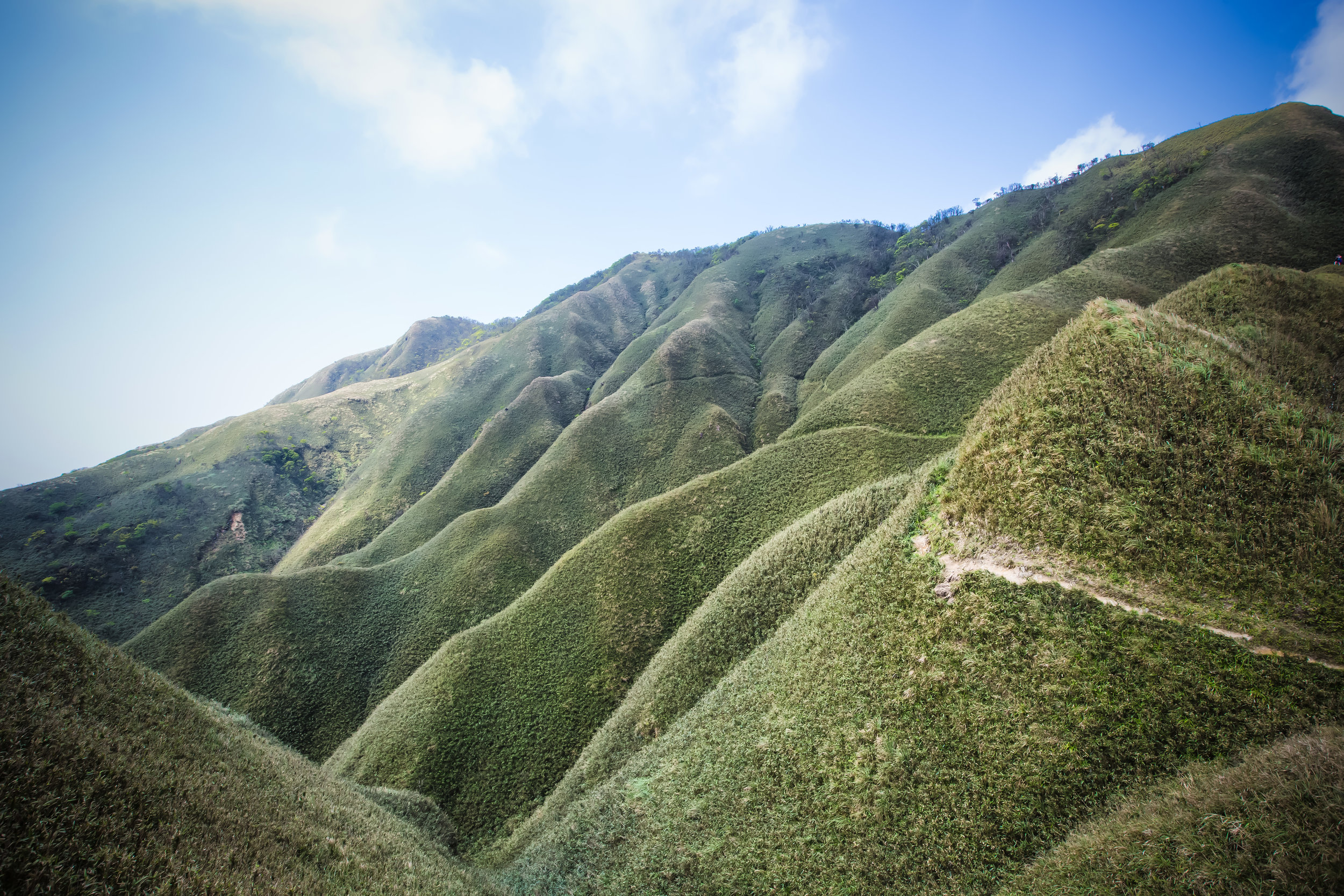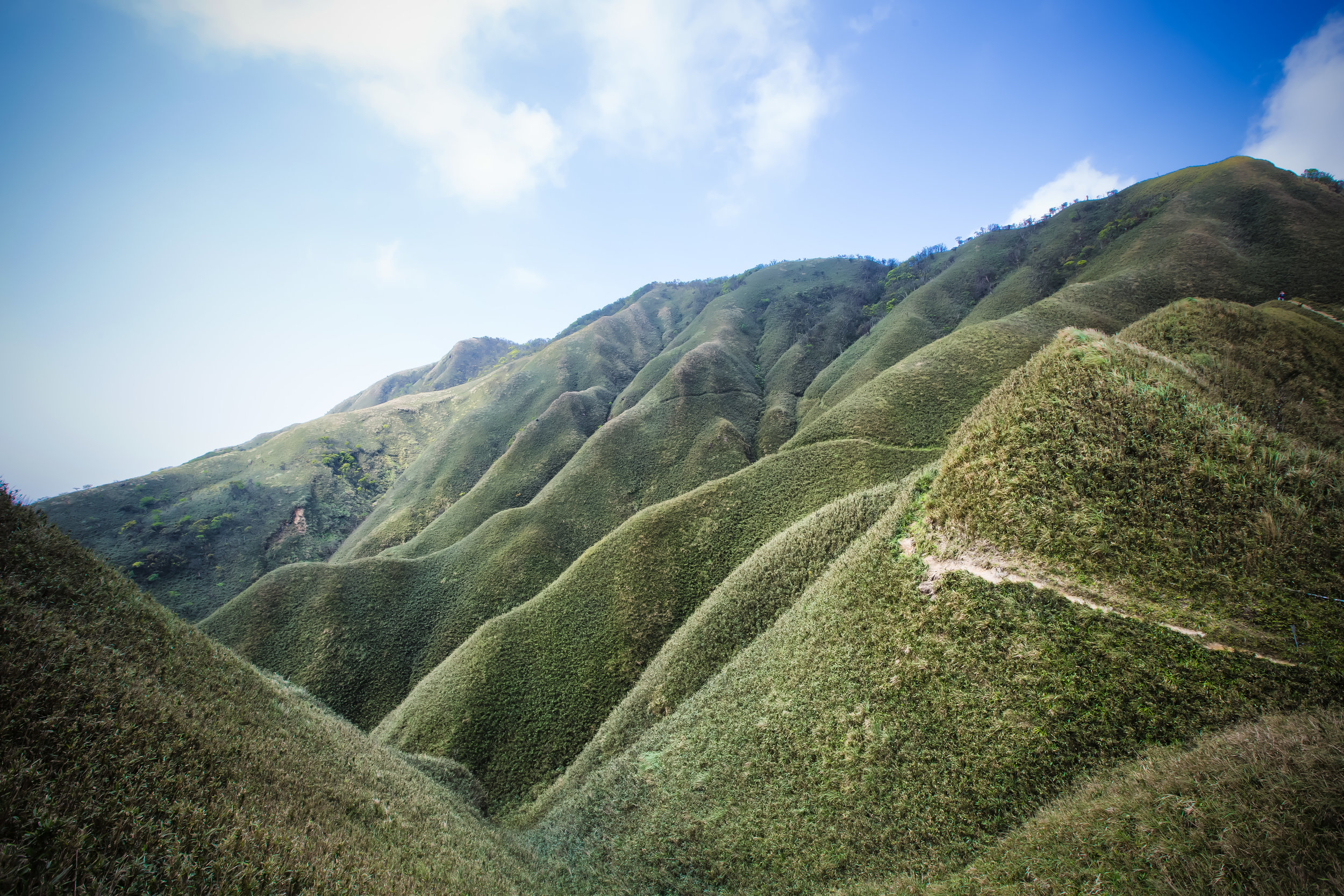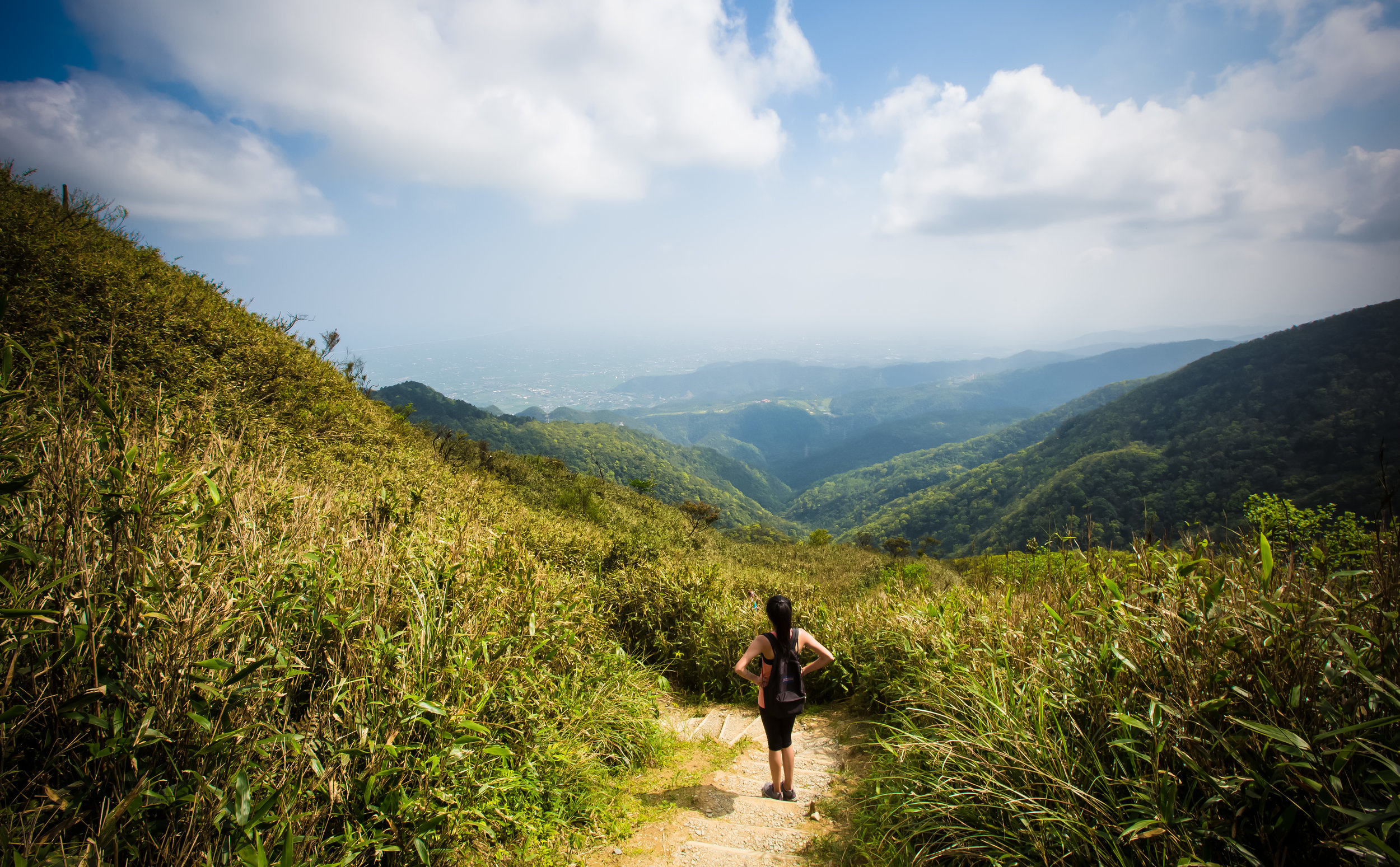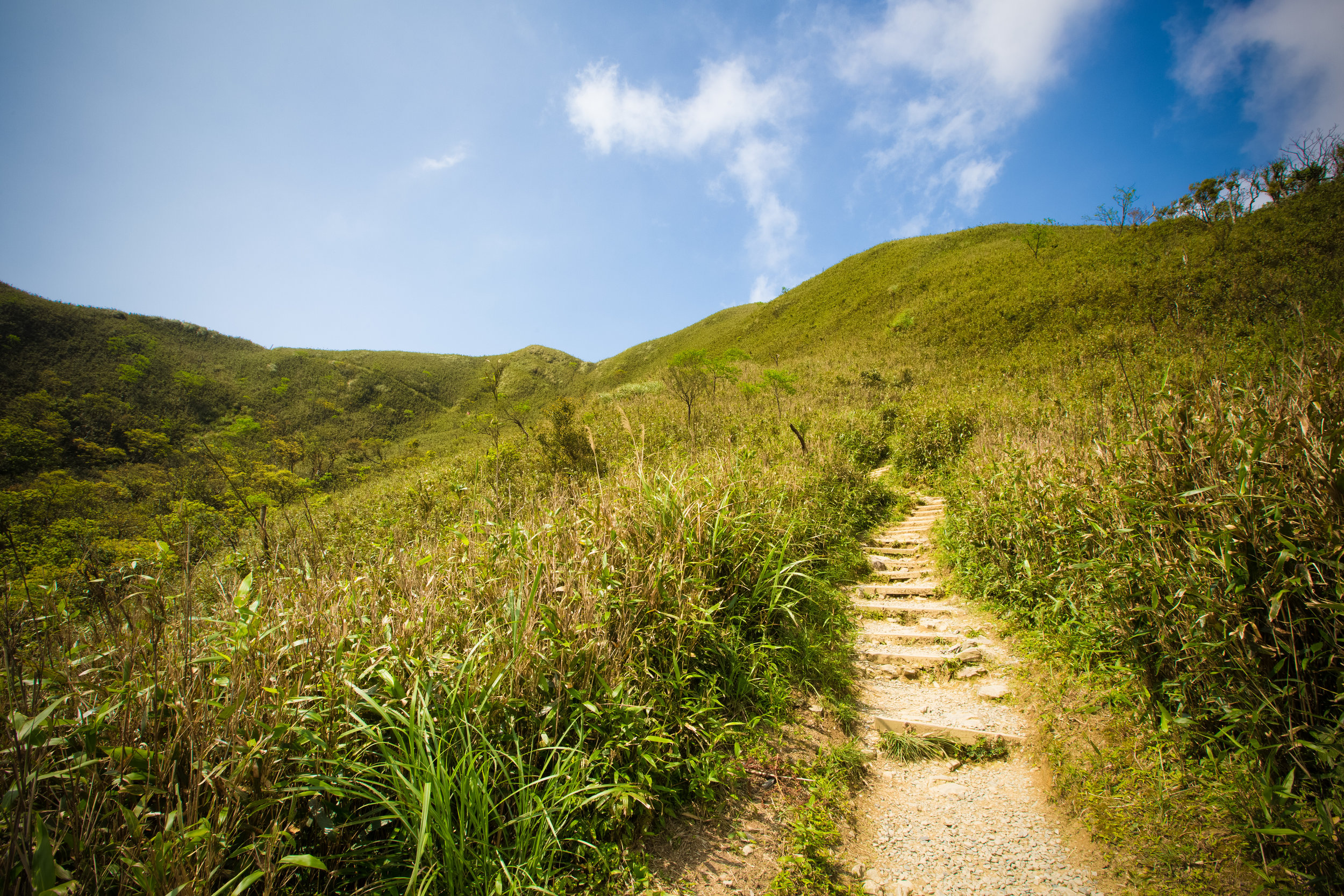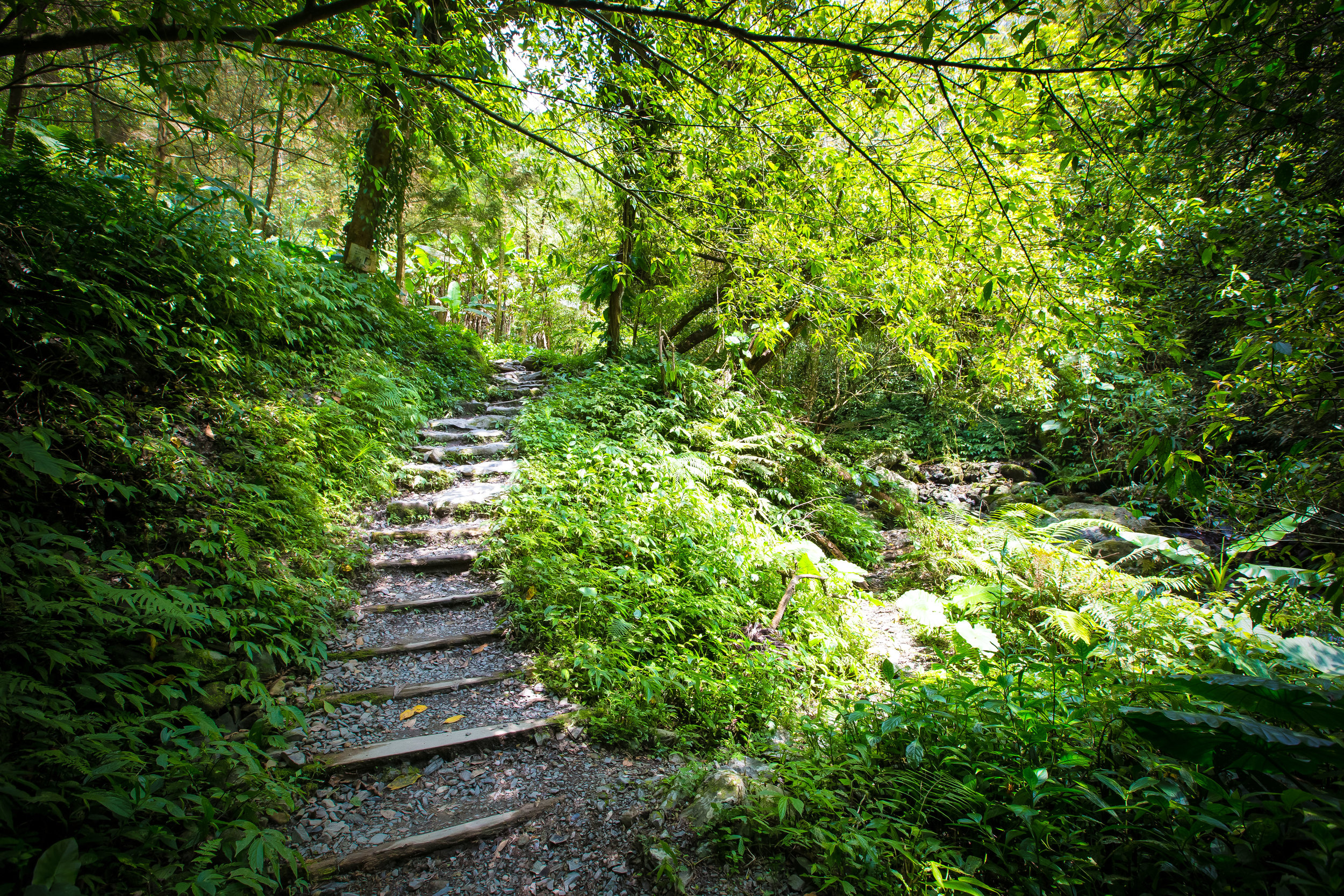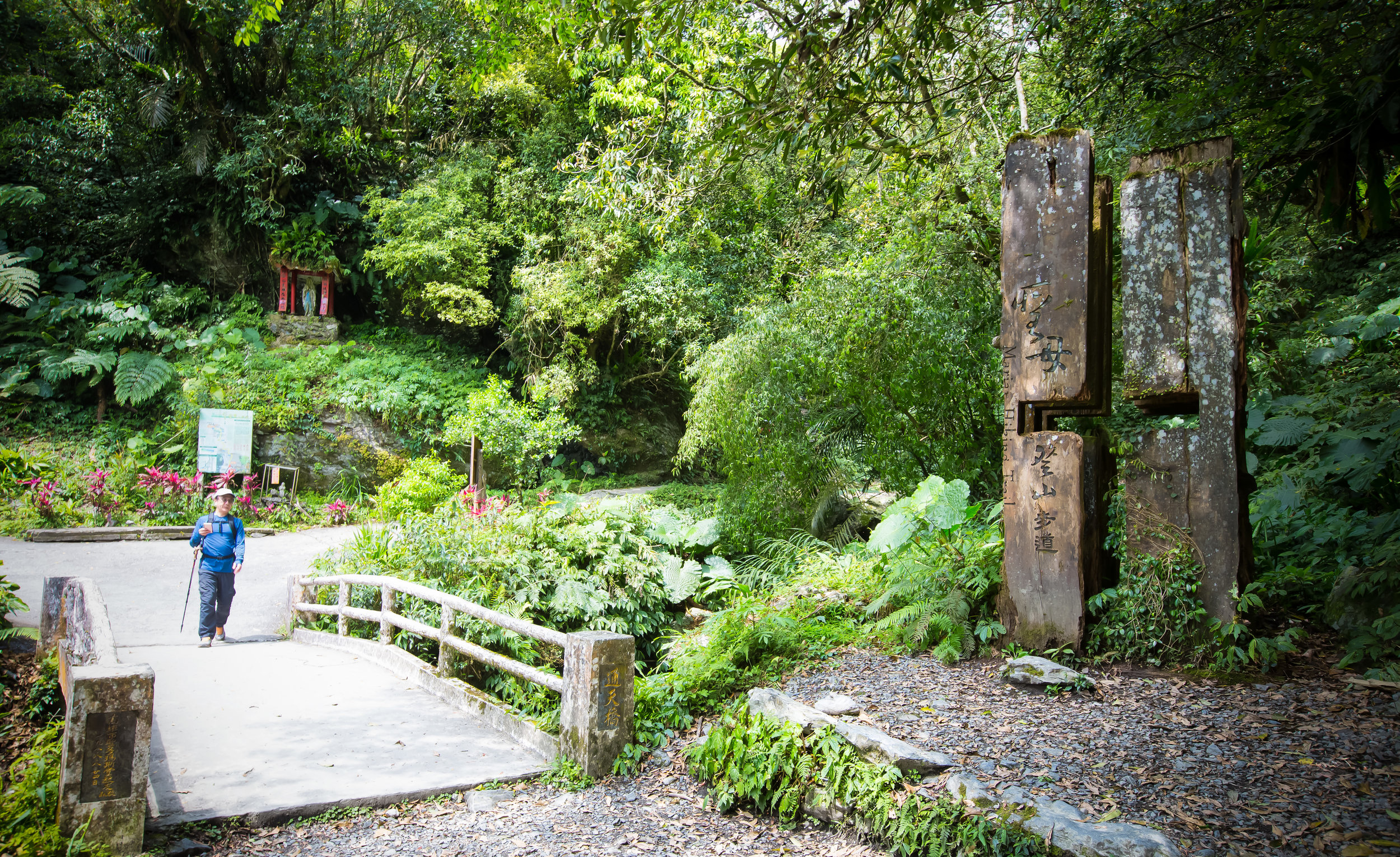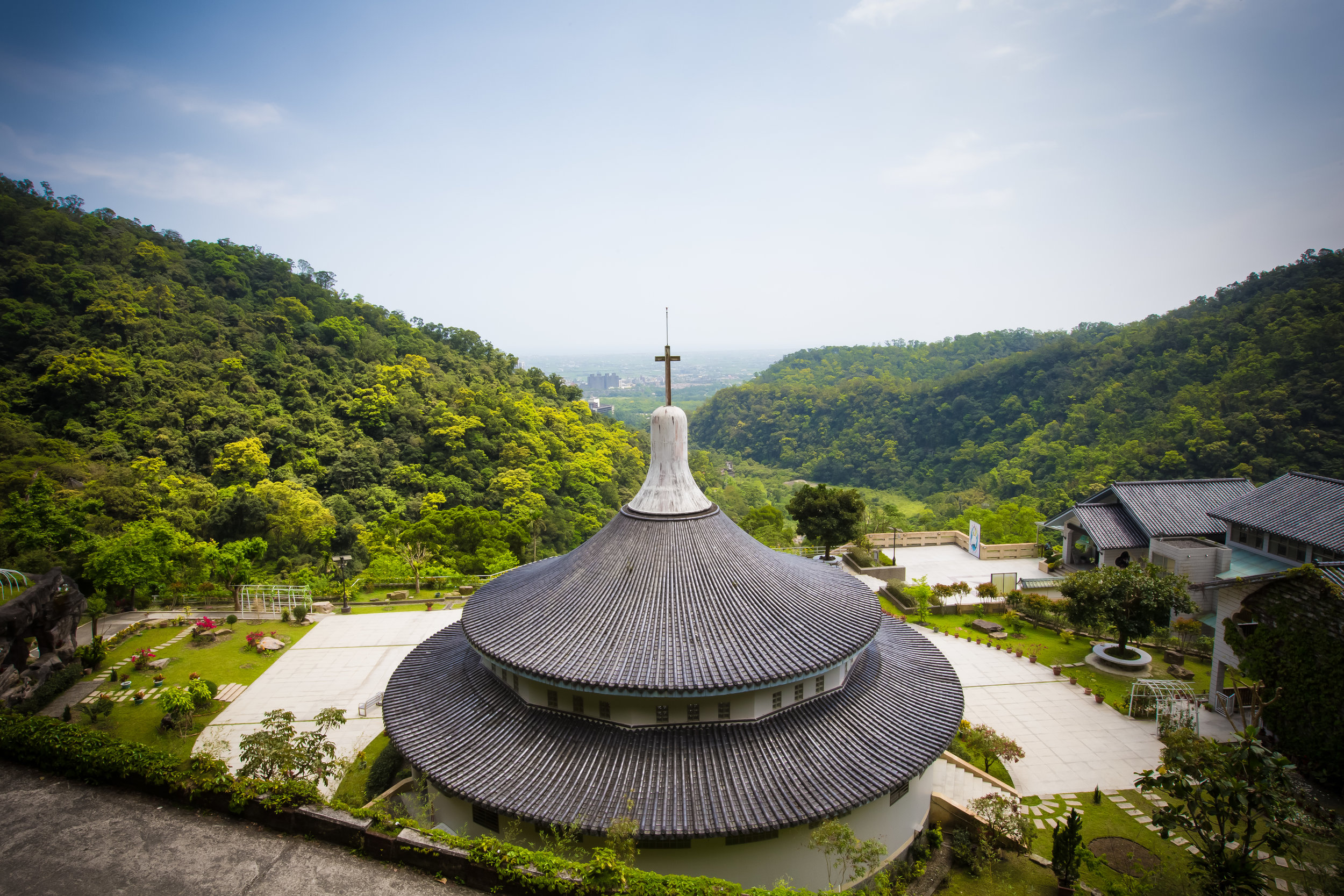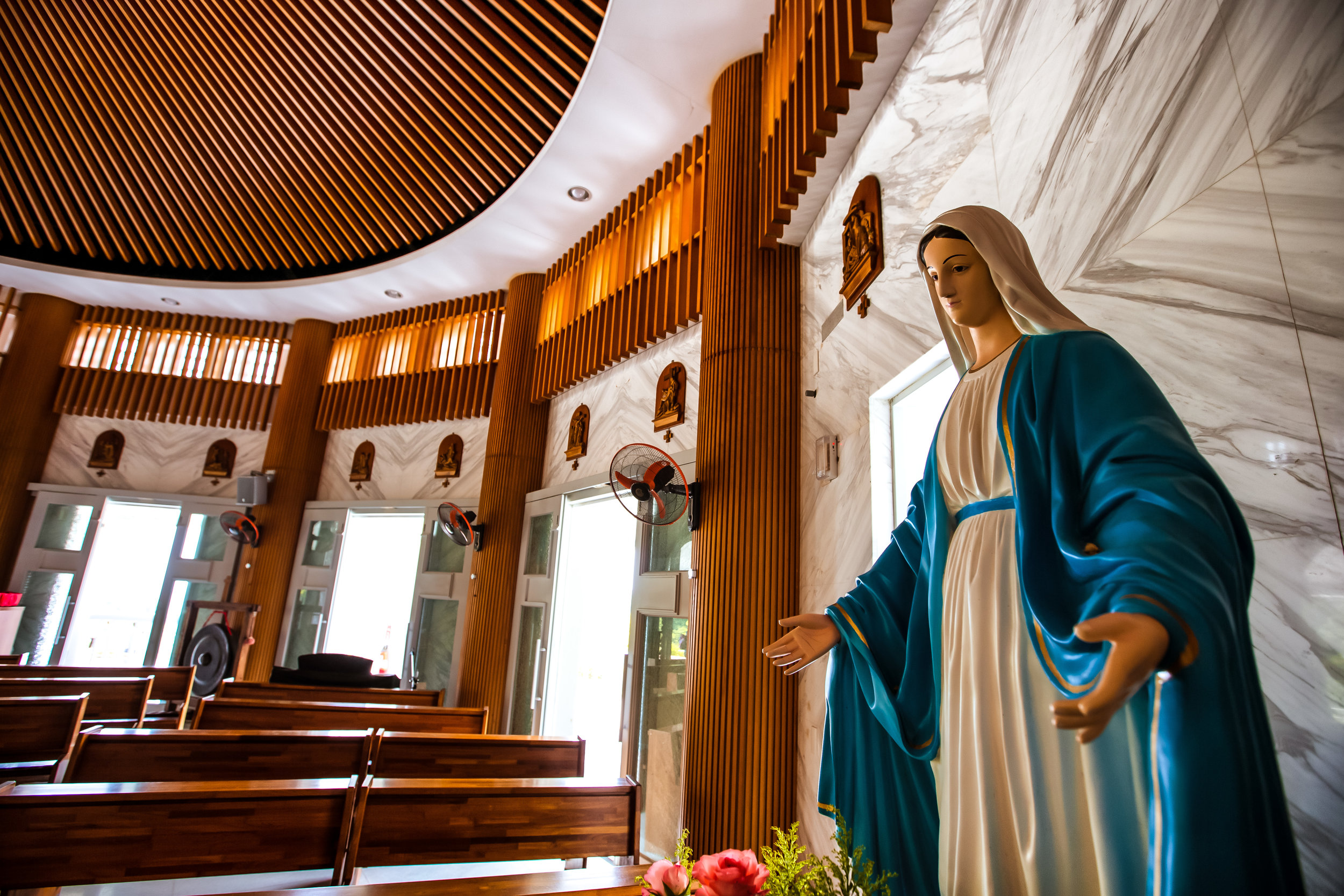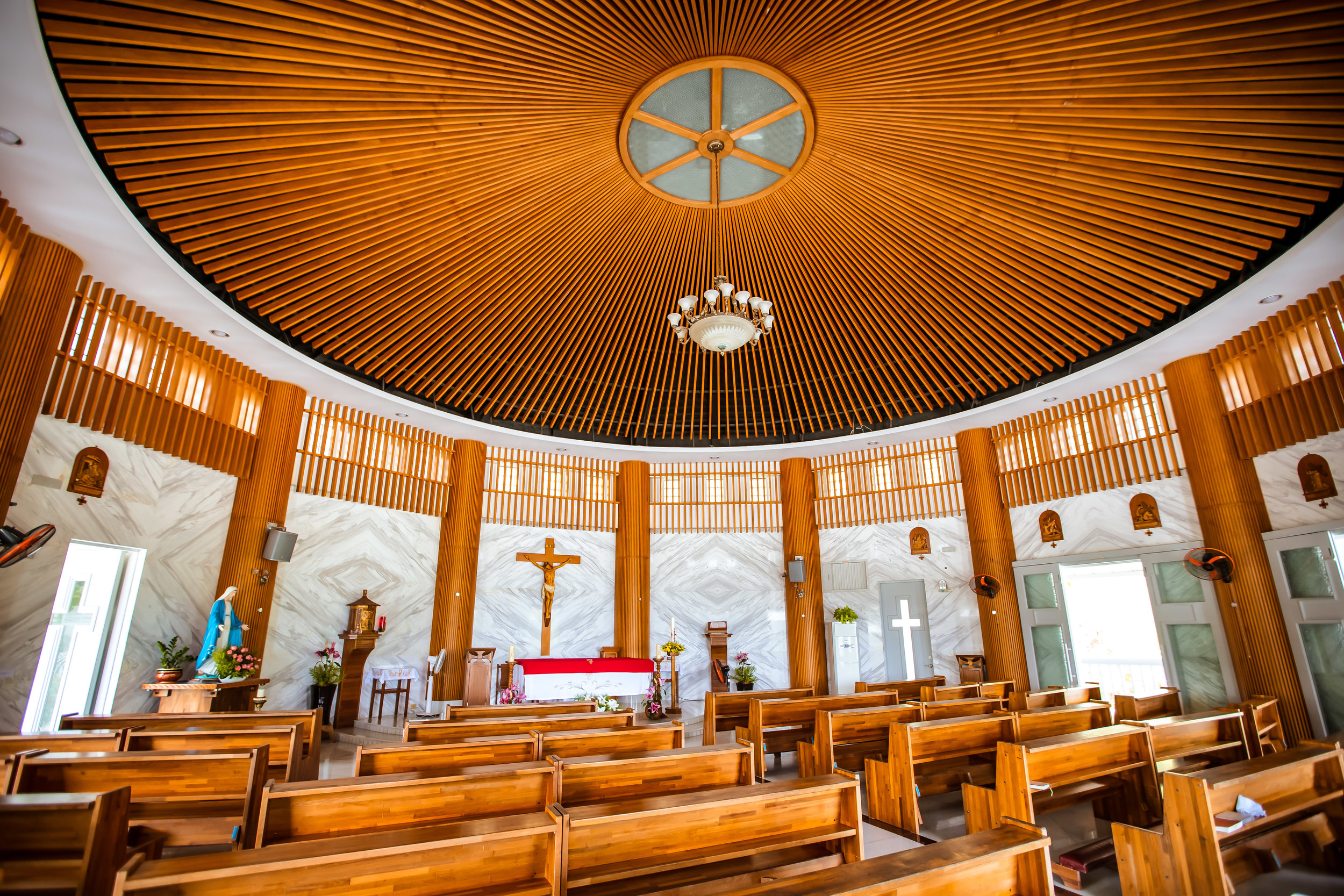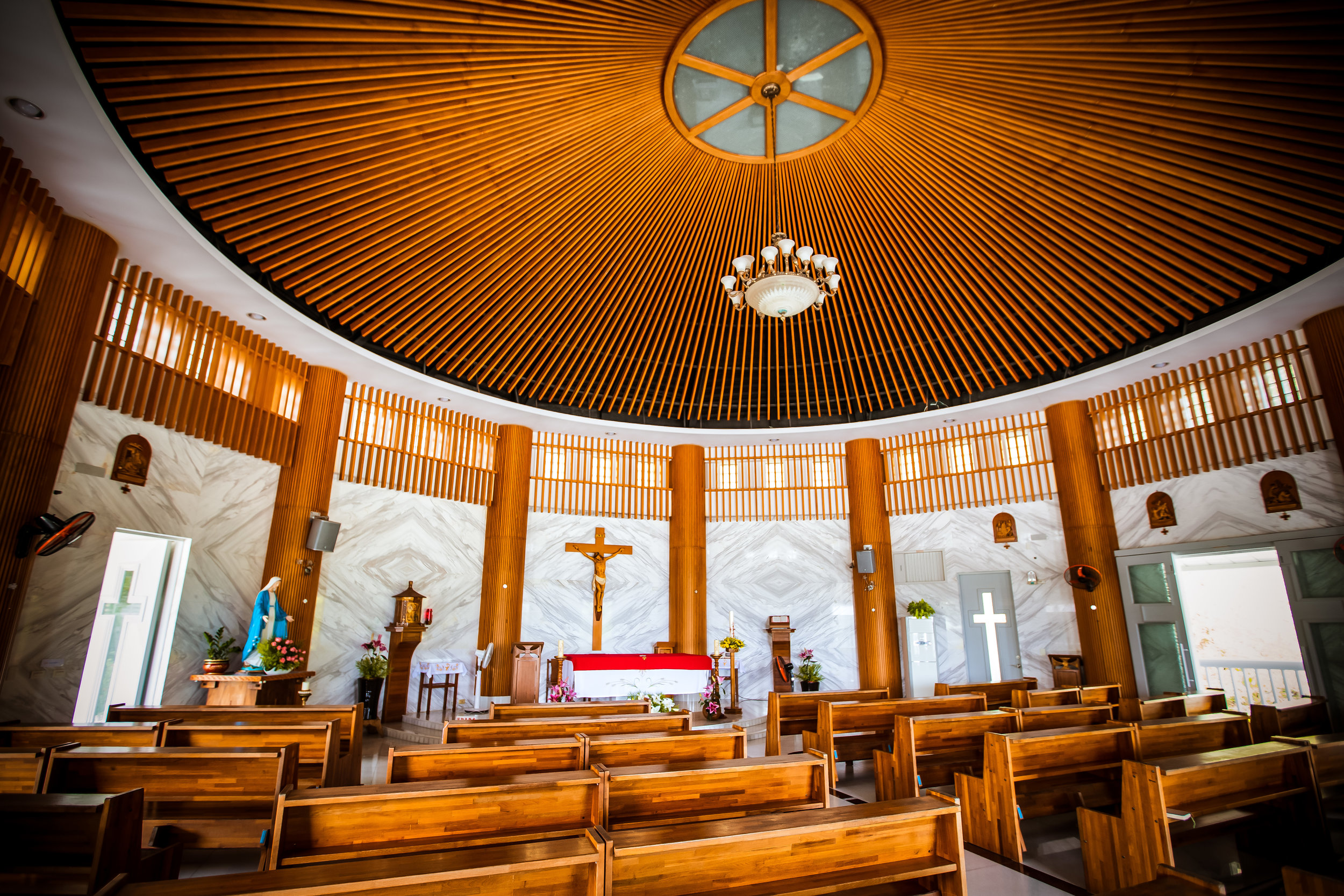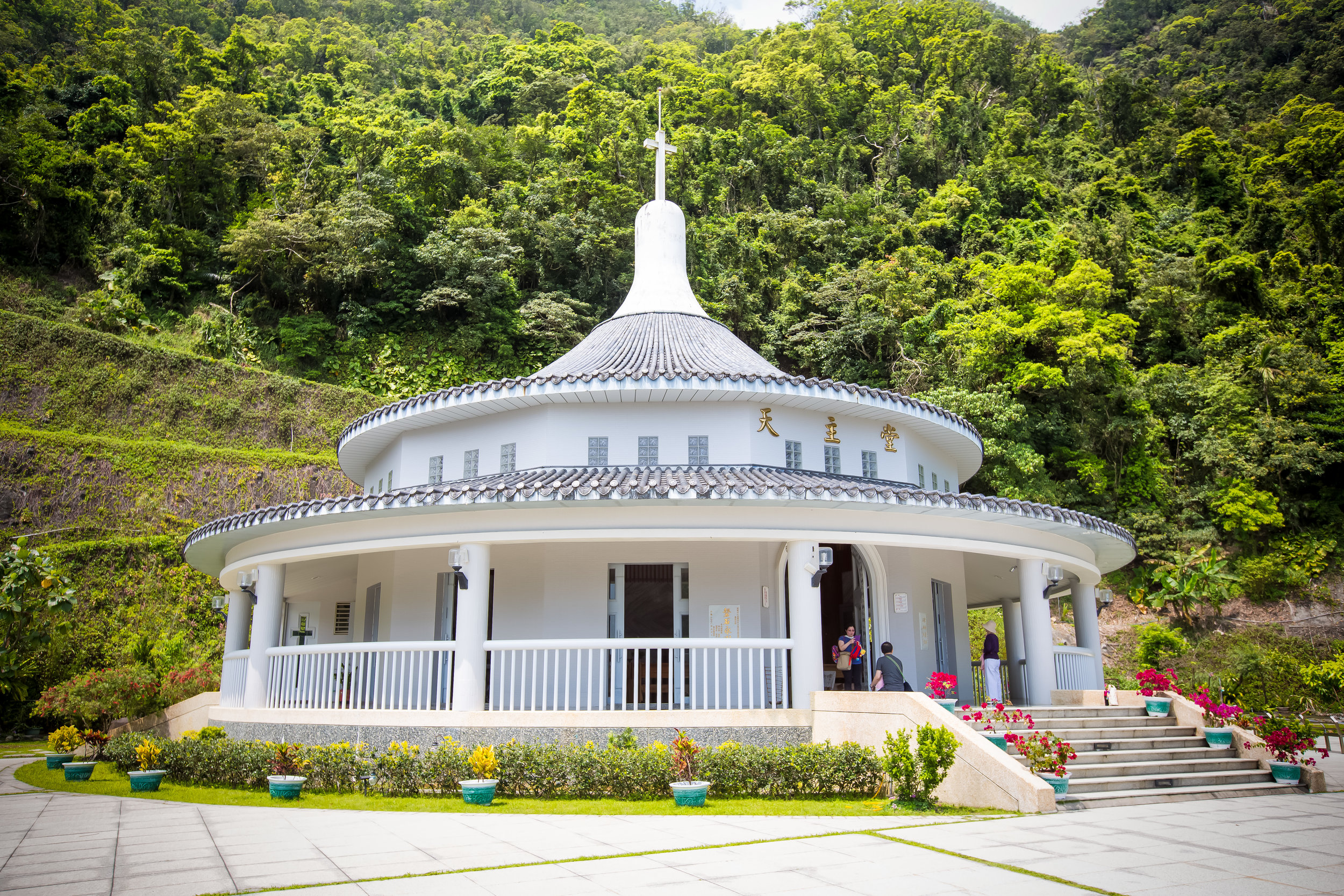I read an interesting quote from a Taiwanese historian recently that explained that when the Japanese came to Taiwan they developed the island and built things that were meant to last.
They did this because they never actually planned to leave.
The historian continued to explain that when the Colonial Era ended and the Chinese Nationalists fled to Taiwan, they constructed buildings with the mindset that they would only be temporary as were only here for a short time before going back to China.
This is why you can still find buildings and infrastructure constructed during the Japanese Colonial Era that was beautifully designed and still standing after all these years. Whereas a lot of the buildings constructed after they left are constantly falling apart.
The Japanese mindset when it came to Taiwan was that the island would become a ‘model colony’ and the colonial government would do their best to develop the island’s infrastructure, modernize its economy and educate the local people who lived here.
This isn’t to say that the Japanese weren’t guilty of atrocities - they certainly committed their fair share and in many countries across Asia, the history of Japanese Imperialism is one that conjures up a lot of bad memories for those who experienced it.
When the Japanese were forced to leave Taiwan, they left the island in a considerably better situation than before they arrived which is part of the reason why, despite the negatives brought by colonial rule, locals often have a positive outlook on their half-century under Japanese rule.
In China, the experience with Japanese Imperialism was completely different, so when the Republic of China took control of Taiwan (and later fled here in the early 1950s) they could hardly understand how the local population could look so favourably upon the Japanese.
The combination of the experiences the Chinese had with Japan during the Second World War and the Taiwanese affinity for Japanese rule created a rift between the two and is one of the contributing factors as to why so many unfortunate atrocities took place during the ensuing four decades, known as Taiwan’s “White Terror” (白色恐怖) period.
During that forty year period, which we are still learning about today, the Chinese Nationalists took it upon themselves to forcefully promote Chinese culture on the locals while subjugating the use of local indigenous languages as well as Taiwanese, Hakka and Japanese.
They also did their best to rid Taiwan of any evidence of Japanese culture that couldn’t be ‘repurposed’ for their own usage. This meant that almost all of the over 200 Shinto Shrines that were constructed throughout the country would ultimately disappear over this period.
Now that Taiwan has entered a new era of peace and stability, it has become important for society to take an honest look at and learn from the crimes of the past. This includes not only seeking transitional justice for those who were persecuted or murdered, but also making efforts to revive and preserve the languages of the local peoples, and the restoration of important cultural and historic places of interest.
One of the areas where the government has put a considerable amount of effort in the past few years is the restoration and preservation of buildings that were constructed during the Japanese Colonial Era. These efforts have focused on the restoration of the many Martial Arts Halls, Shinto Shrines, train stations and former civil servant dormitories throughout the country.
All over the country you can see restoration projects taking place transforming many of these historic structures into popular tourist destinations.
Of the over two hundred Shinto Shrines that once existed in Taiwan during the Colonial Era, very few actually remain in existence today. The government has made an effort to rebuild and restore some of those that remain but unfortunately only the Taoyuan and Tongxiao Shrines are the largest that are still around.
Interestingly, the former Yilan Shinto Shrine, which like many other large shrines was more or less destroyed decades ago, has experienced a bit of a revival in recent years - but not for being rebuilt like some of the others.
The shine, like several of the other large Shinto Shrines in Taiwan (including the two mentioned above) was converted into a “Martyrs’ Shrine”, a place dedicated to paying respect to the fallen soldiers of the Republic of China Armed Forces.
What makes this one interesting though is the way the local government has gone about restoring the shrine. Instead of rebuilding it, they have instead converted the site into a makeshift memorial with an art display that tells the story of its destruction while keeping the Martyrs Shrine intact.
The Yilan Shinto Shrine (宜蘭神社)
The Yilan Shinto Shine or “Giran Jinjya” (ぎらんじんじゃ) was classified as a prefectural shrine and the largest of the over a dozen shrines constructed in the Yilan area during the colonial period.
The shrine, which was one of the first constructed in Taiwan was originally constructed in 1906 during the latter years of the Meiji Era (明治), in what is today Zhongshan Park (中山公園) near the Yilan Train Station.
A little more than a decade later though it was decided that the shrine would have to be relocated outside of Yilan City to an area with more space. The shrine also had serious structural issues which made it unrepairable due to the amount of typhoons and earthquakes on the east coast.
In 1918 (大正7年), the new and improved Yilan Shinto Shrine opened to the public just outside of the main city on a small mountain. The location that was chosen for the shrine was an optimal one that allowed for the new shrine to be constructed in a traditional fashion with a ground level walking path, a set of stone stairs that led up the mountain, a Haiden (拜殿) and a Honden (本殿) which were both constructed at different elevations.
From historical records and photos I can tell you that the Yilan Shinto Shrine was complete with a Torii (鳥居), Visiting Path (参道), Purification Fountain (手水舎), Stone Lanterns (燈籠), Bronze Horse (銅馬), Komainu (狛犬), Haiden (拜殿) and Honden (本殿).
Unfortunately I haven’t seen much evidence of the shrine including a ‘Shamusho’ Administrative Office (社務所), although for a shrine of its size, I’m sure there was one somewhere - Its just not showing up in photos or records.
What is quite apparent from the few photos that are available though is that the Yilan Shinto Shrine was indeed one of the most beautiful in Taiwan and for the few decades of its existence was a popular place to visit.
The shrine, much like many of the others that would later be constructed around Taiwan was primarily dedicated to Prince Kitashirakawa Yoshihisa (能久親王), the ‘Three Deities of Cultivation’ (開拓三神) and the Goddess Amaterasu (天照皇大神).
It is significant to note that Prince Kitashirakawa Yoshihisa (北白川宮能久親王) was a distant relative of the Japanese emperor and was the first royal who had the unfortunate luck of dying outside of Japan. The details of his death are somewhat disputed but he either died as a result of contracting Malaria or by being shot by Taiwanese Guerrillas.
Nevertheless he died just outside of Tainan during the 1894-1895 invasion of Taiwan and was quickly elevated to the status of a ‘kami’ with shrines dedicated in his honour throughout Taiwan - as well as in Japan’s Yasukuni Shrine.
Another commonality among many of Taiwan’s Shinto Shrines were the worship of the ‘Three Deities of Cultivation’ (かいたくさんじん / 開拓三神) which consisted of three gods known for their skills with regard to nation-building, farming, business and medicine. Similar to the Chinese Earth God (土地公 / 福德正神) who is enshrined in probably more than a thousand different locations around Taiwan.
Unfortunately all that remains of the Yilan Shinto Shrine today are shattered pieces of the past.
There are however a few pieces that have been left intact. The ‘Visiting Path’ (参道) still features prominently on the park. Likewise the steps that bring visitors up the mountain are still there with the original Komainu (狛犬) lion-dogs guarding them.
The original Haiden (拜殿), Honden (本殿), Torii (鳥居) and Stone Lanterns (燈籠) however have all been demolished and are part of the display in front of the original Bronze Horse (銅馬), which is an interesting case and deserves a bit of explanation.
Bronze Horse
Typically the horses, known as ‘God Horses’ (神馬) sit in front of a shinto shrine and are considered to be the personal mount of the gods enshrined within the temple. Known as “Shinme” (しんめ), the horses are often beautifully molded from bronze and designed in a way that makes them look powerful and majestic while also in a perpetual sense of motion.
In most cases the horse are decorated with a round symbol on their belly that usually depicts the Chrysanthemum Seal of the Japanese royal family, known as the Kikukamonshō (菊花紋章).
When the Chinese Nationalists took control of Taiwan they ended up destroying most of the country’s Shinto Shrines, but for some bizarre reasons left some of the bronze horses standing.
They did however make sure to vandalize the Chrysanthemum Sea, something I’ve already mentioned when I blogged about the former Taichung Shinto Shrine. (Click the link to see photos of the horses)
The Bronze Horse at the Yilan Shinto Shrine however stands apart from many of the others that remain in existence today due to the fact that the emblem on its belly wasn’t vandalized. Amazingly it was left alone.
The reason for this is quite simple - The emblem on the horse’s belly isn’t the ‘Chrysanthemum Seal’ but the official seal that the Japanese colonial government used for “Taiwan”, which is a symbol that remains popular in Taiwan today, especially with independence activists. (See a mock up of a proposed Taiwan flag below)
Even though most of the Shinto Shrine is non-existent today, I highly recommend checking out the Bronze Horse as its continued existence is actually quite surprising. Its also cool to check out the interesting art display near the horses which depict the lost pieces of the shrine in their smashed state.
Yilan Martyrs’ Shrine (宜蘭忠烈祠)
When Japan surrendered to the allies at the end of the war, control of Taiwan was ambiguously handed over to Chiang Kai-Shek (蔣中正) and the Republic of China. A few years later though, they would find themselves on the losing side of the Chinese Civil War and were forced to retreat to Taiwan to regroup their forces.
The influx of a few million refugees created food and housing shortages all over Taiwan and the local people were the ones who had to endure the majority of those hardships. Likewise, the resentment toward anything “Japanese” meant that any buildings of cultural or religious significance that wasn’t helping to solve the housing crisis was demolished or vandalized.
In the early 1950s the Yilan Shinto Shrine was demolished and replaced with a Martyrs’ Shrine (忠烈祠), dedicated to the fallen members of the Republic of China Armed Forces.
The small one-room building was constructed to appear like a traditional temple and on the inside you could find a Spirit Tablet (神位), representing the fallen members of the Armed Forces.
The ironic thing about ‘Martyrs Shrines’ in Taiwan is that the people memorialized within were all born in China and fought in wars that really had nothing to do with Taiwan.
If locals want to pay respect to family members who gave their life serving in the military during the Second World War, they’d have to travel to the Yasukuni Shrine (靖國神社) in Tokyo.
After the shinto shrine was demolished, the ground level area where the ‘Visiting Path’ once existed was converted into a makeshift Military Village (眷村) known as Xingguo New Village (興國新村) where members of the airforce stationed nearby took up residence.
Military Villages Links: Mazu New Village | Rainbow Village
After a few decades people slowly started realizing that the dream of ‘Retaking the Mainland’ from the Communists was never going to happen. So, with the housing crisis solved and the economy booming, people started to slowly leave the villages for more modern and permanent arrangements.
The local government decided in the early 1990s that Xingguo Village would be demolished and converted into a park, paying homage in part to its history as a Shinto Shrine with the ‘visiting path’ faithfully restored and the shattered pieces of the shrine that remained put on display.
In addition the east and west wings of the Martyrs Shrine would be converted into an exhibition space which would display historic photos of the shrine and have diagrams of what it looked like before being destroyed.
I suppose even though the Shinto Shrine is long gone, its memory is being recognized in a responsible way and people are able to learn about an important piece of this nations history.
Getting There
The Yilan Martyrs Shrine is located within the Yuanshan Park (員山公園) in Yilan County’s Yuanshan Township (員山鄉), just outside of Yilan City.
If you have your own means of transportation the park is located a short distance from the Number 7 Highway (北橫公路) on Yuanshan Road Section One (員山路一段) and a quick turn onto Fuxing Road (復興路).
The park has ample parking space for your vehicle, so you probably won’t have to park too far away, unless of course there is a public event going on.
If you are relying on public transportation, simply take Bus #753 from the Yilan Bus Station (宜蘭轉運站) located to the rear of Yilan Train Station (宜蘭車站) and it will drop you off at the park.
Yilan isn’t the most accessible place when it comes to public transportation and they don’t have YouBike service, so if you can’t catch the bus but still want to visit you may want to consider taking a taxi from the train station. It’s not that far, so it won’t cost you very much.
It is a historical injustice and truly unfortunate that so few of the over two hundred Shinto Shrines that were constructed here still exist today. The few that remain thus serve as an important link to part of Taiwan’s colonial history. The recent preservation efforts to restore some of the culturally-significant colonial-era structures are important steps in offering the people of Taiwan a link to their past - and their continued existence should serve as a reminder for the future citizens of this country of everything this nation has had to experience to get to where it is today.
Even though the Yilan Shinto Shrine has been all but destroyed, it has left quite the imprint on Yuanshan Park. The local government has done as well as can be expected to preserve the few remaining pieces of the shrine and offer them as a bit of a memorial of the past.
While the Martyrs Shrine itself is not really that interesting, the remnants of the former Shinto Shrine that are left in the park are enough of a reason to visit. If you find yourself in the Yilan area and are looking to learn a bit about the area’s history, this is definitely one place where you should think about making a stop. It won’t take you very long to see it all and the park is quite enjoyable with lots of activities happening on weekends.



